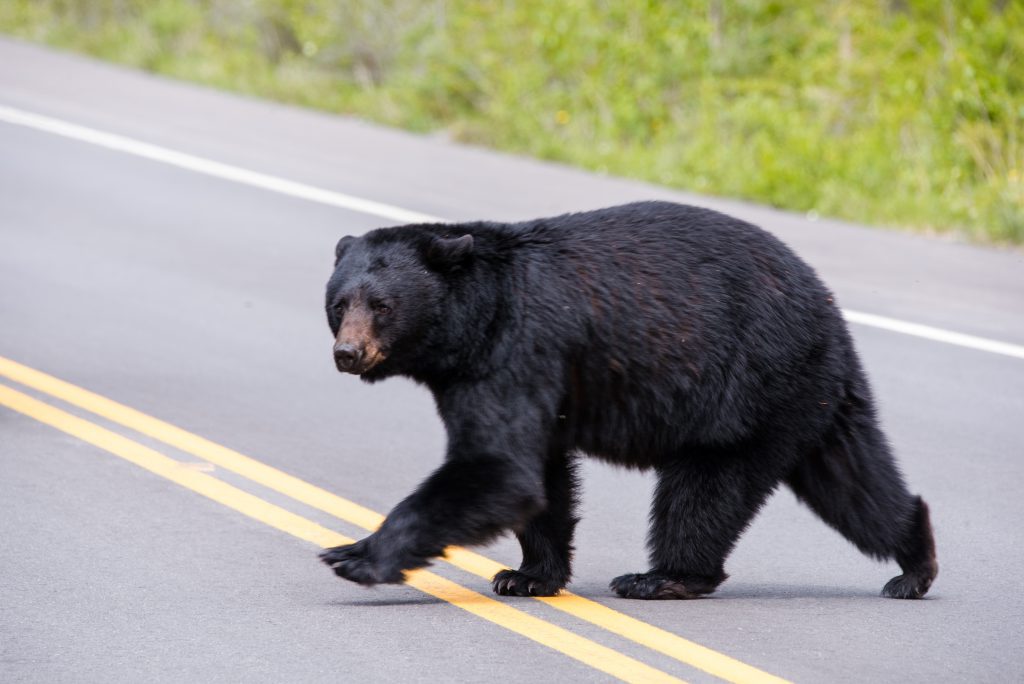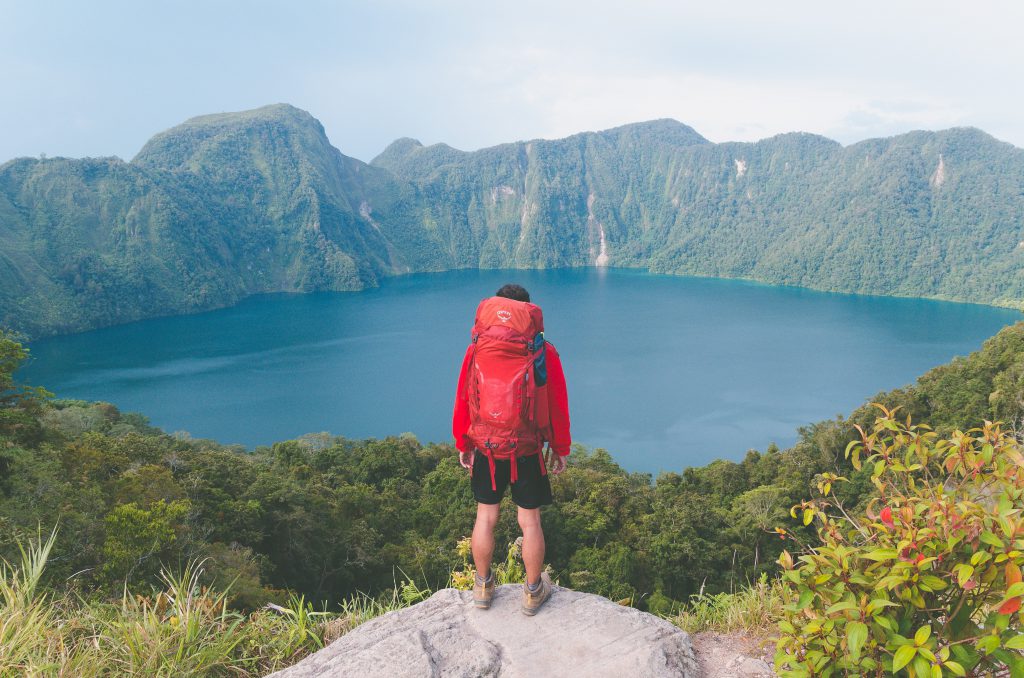Bear Spray: A Necessary Tool for Backcountry Recreationists
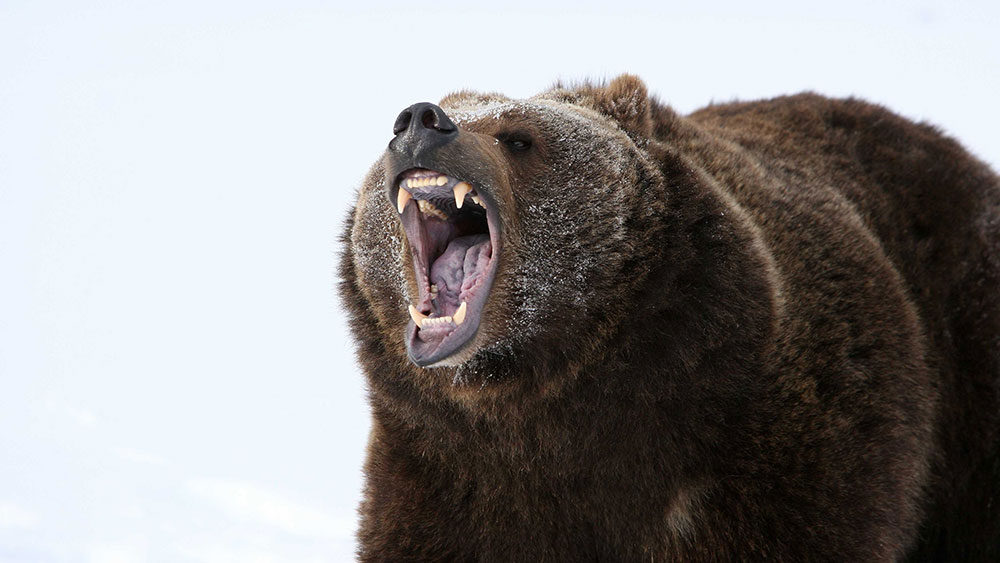
The snow is starting to fly in the Rockies and for a growing number of outdoor recreationists, this means strapping on snowshoes, ski boots, or crampons. But amid all the specialized winter gear, bear spray is often absent with backcountry enthusiasts.
After a busy autumn packing on the calories, most bears across North America hibernate away the food-scarce months of winter and bear encounters go down, leading backcountry recreationists to forget to include bears in their risk assessments.
Understanding Bear Hibernation
Most bears do sleep away a good portion of the winter, but this varies significantly by area, weather, and food availability. For example, Inland Alaska grizzlies spend up to 6 months in their den while black bears in New Mexico might only spend a few weeks asleep.
Snow on the ground is not a good indicator of hibernation status. Bears may search for food late into the fall and may wake up early, especially if they didn’t get to eat their fill the last fall. Even in the dead of winter, it is not unusual for bears to leave their den periodically during the winter. While the probability of an encounter does decrease in the winter, bear encounters are possible any time of the year.
Dangerous bear encounters are still possible during heavy hibernation. A bear’s metabolic, heart, and breath rates drop significantly during hibernation to conserve energy; however, unlike other hibernating mammals, core body temperature remains quite high. A hibernating grizzly bear’s core temperature drops to about 31 degrees Celsius, within 11 degrees of their normal temperature. This function allows bears to awake quickly and be ready for action. Bears are easily aroused and may exit their dens if disturbed, ready to protect themselves from any perceived threat.
Grizzly Bear den site selection may also increase conflict with the rapidly growing sport of backcountry skiing. Grizzlies often select den sites on steep alpine slopes with high snow accumulation, making it easy for them to build a deep and well-insulated shelter. In Yellowstone Park, Grizzlies prefer to den on the mid to upper third of 30 degree to 60 degree slopes with Northern exposures between altitudes of 6,500 – 10,000 feet – otherwise known as ideal backcountry ski terrain.
Why you should bring Bear Spray on your next hike
While rare, potentially dangerous bear encounters can occur in all seasons, including winter. In December 2015, two alpinists triggered a defensive attack from a Grizzly Bear on a high and exposed slope of Mt. Wilson in Banff National Park.
With an increase in winter backcountry recreationists, global and local climate changes, and recovering bear populations in some areas, it’s possible we’ll see more of these encounters. Bear spray is an essential piece of safety gear and could save your life.
-
 Margo Electra Cellular Control Plan – 1-Year Subscription Extension$80.00 USD
Margo Electra Cellular Control Plan – 1-Year Subscription Extension$80.00 USD -
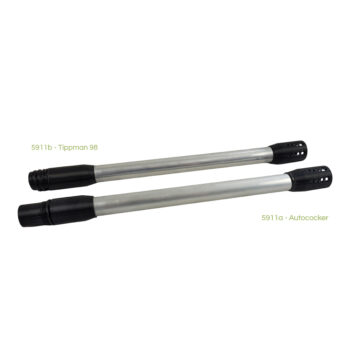 Margo Oversized Powder Ball Barrel$35.00 USD
Margo Oversized Powder Ball Barrel$35.00 USD -
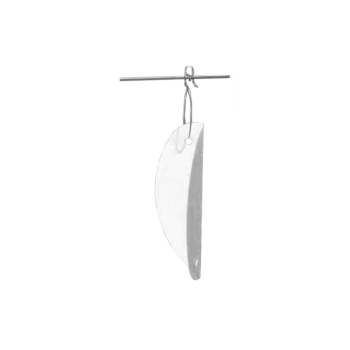 Fence Line Indicator$9.69 USD
Fence Line Indicator$9.69 USD -
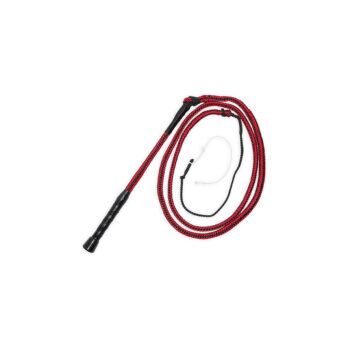 Poly Stock Whip$130.00 USD
Poly Stock Whip$130.00 USD -
 Custom Ultra-Portable Electric Fence System
Custom Ultra-Portable Electric Fence System -
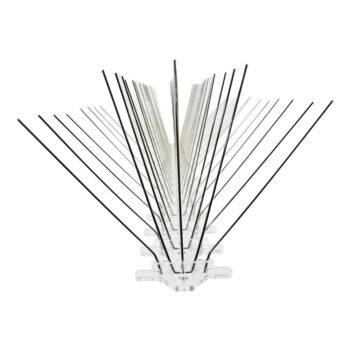 Bird Spikes – Extra Wide$8.10 USD
Bird Spikes – Extra Wide$8.10 USD -
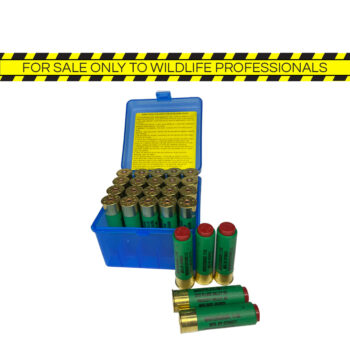 Whistle Cracker$47.50 USD
Whistle Cracker$47.50 USD -
 Custom Heavy-Duty Portable Electric Fence System$1,114.47 USD
Custom Heavy-Duty Portable Electric Fence System$1,114.47 USD -
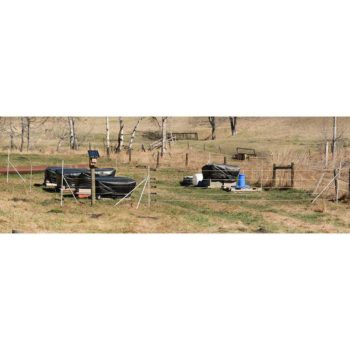 Heavy Duty Portable Electric Fence System (18′ X 18′)$1,031.35 USD
Heavy Duty Portable Electric Fence System (18′ X 18′)$1,031.35 USD -
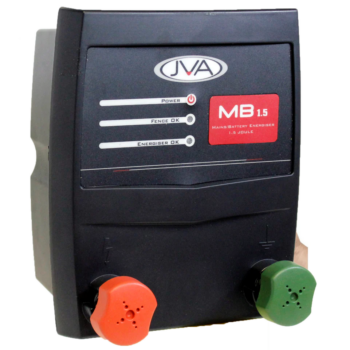 MB 1.5$200.00 USD
MB 1.5$200.00 USD -
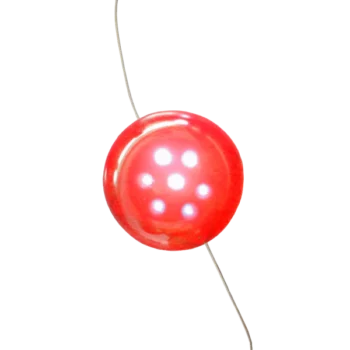 Nite Lite V2$16.36 USD
Nite Lite V2$16.36 USD -
 MB 8$423.20 USD
MB 8$423.20 USD -
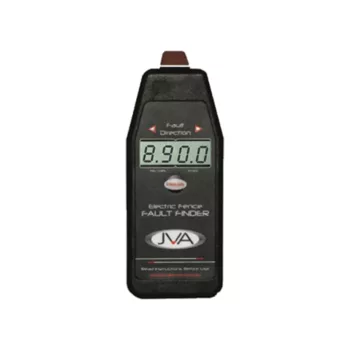 Fault Finder$93.60 USD
Fault Finder$93.60 USD -
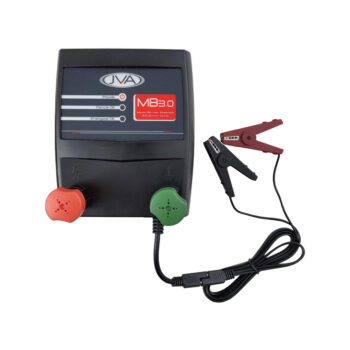 MB 3$264.00 USD
MB 3$264.00 USD -
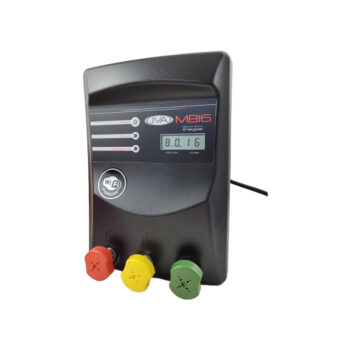 MB 16$680.00 USD
MB 16$680.00 USD -
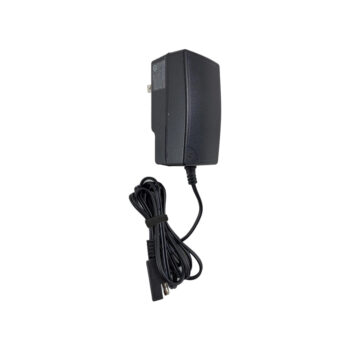 Plug Pack$32.00 USD
Plug Pack$32.00 USD -
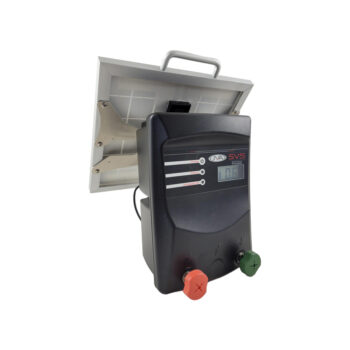 Solar 6 Energizer$384.00 USD
Solar 6 Energizer$384.00 USD -
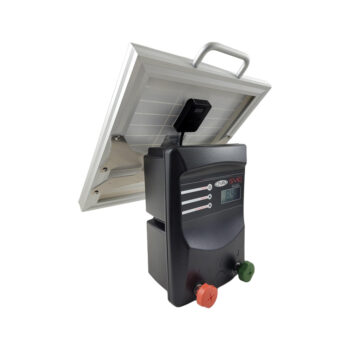 Solar 12 Li Energizer$449.00 USD
Solar 12 Li Energizer$449.00 USD -
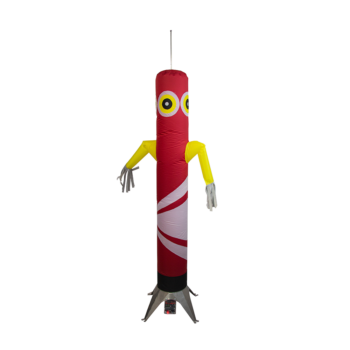 Margo AirScare Inflatable Deterrent$407.80 USD
Margo AirScare Inflatable Deterrent$407.80 USD -
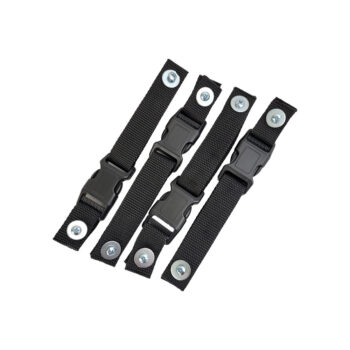 D-Straps$25.00 USD
D-Straps$25.00 USD -
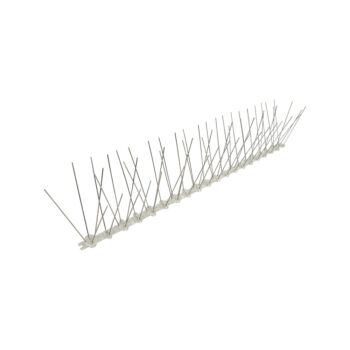 Bird Spikes$4.10 USD
Bird Spikes$4.10 USD -
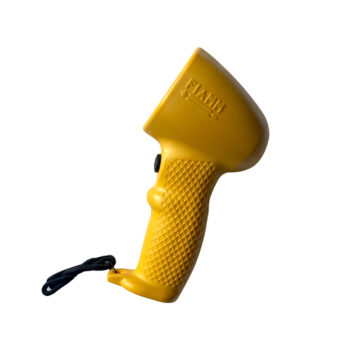 Blaster Siren$29.50 USD
Blaster Siren$29.50 USD -
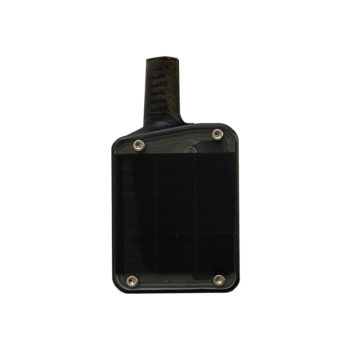 Margo Luminous Satellite Tracking Collar
Margo Luminous Satellite Tracking Collar -
 Aluminum Tie (100/pk)$8.50 USD
Aluminum Tie (100/pk)$8.50 USD -
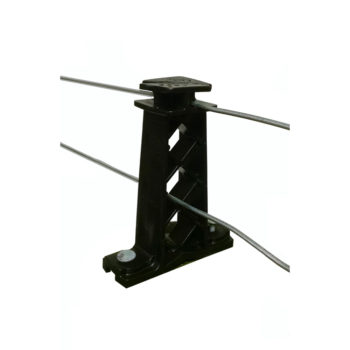 Wood Post Tower Insulator$9.00 USD
Wood Post Tower Insulator$9.00 USD -
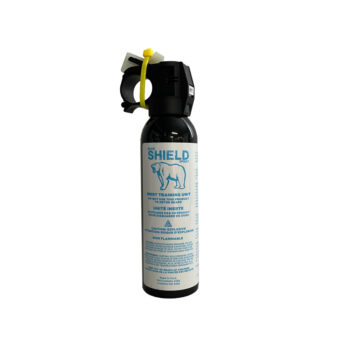 Bear Shield Inert Bear Spray
Bear Shield Inert Bear Spray -
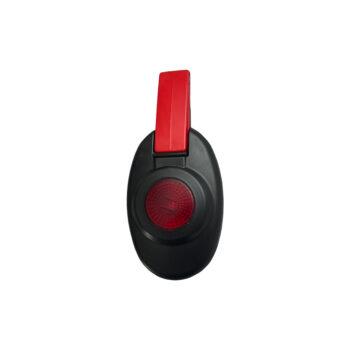 Fence Alert$43.33 USD
Fence Alert$43.33 USD -
 6mm Victory Blanks$10.50 USD
6mm Victory Blanks$10.50 USD -
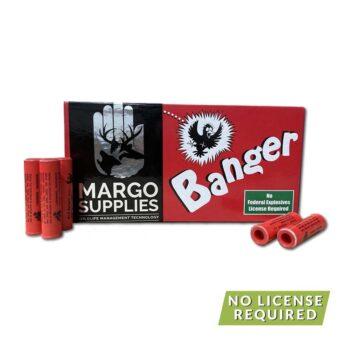 Bangers$24.95 USD
Bangers$24.95 USD -
 Bird Scare Octopus$12.00 USD
Bird Scare Octopus$12.00 USD -
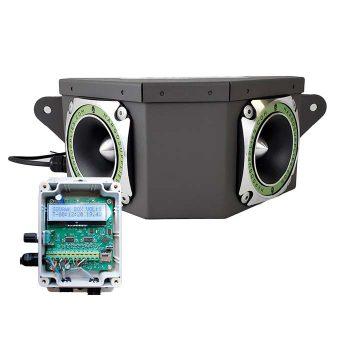 Margo Squawk Box – Pro Plus$398.50 USD
Margo Squawk Box – Pro Plus$398.50 USD -
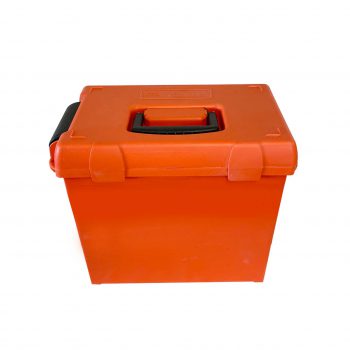 Tall Dry Box$53.00 USD
Tall Dry Box$53.00 USD -
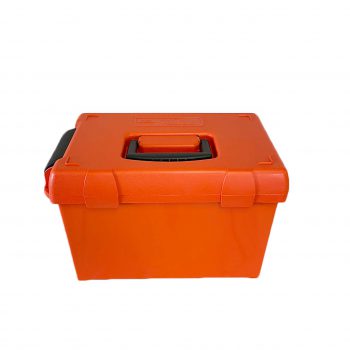 Short Dry Box$37.25 USD
Short Dry Box$37.25 USD -
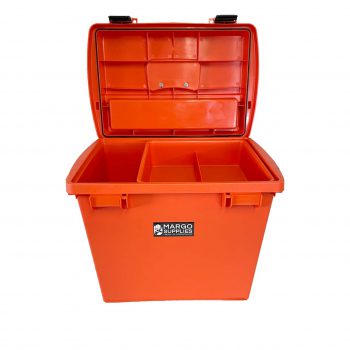 Large Dry Box$53.25 USD
Large Dry Box$53.25 USD -
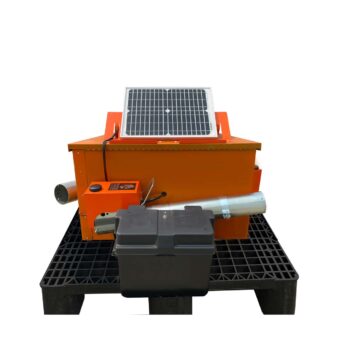 Margo Trident Scare Cannon
Margo Trident Scare Cannon -
 Margo Electra with Cellular Control$934.20 USD
Margo Electra with Cellular Control$934.20 USD -
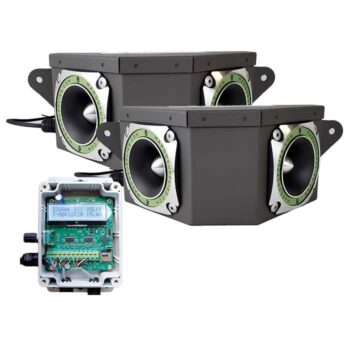 Margo Squawk Box – Super Pro$537.58 USD
Margo Squawk Box – Super Pro$537.58 USD -
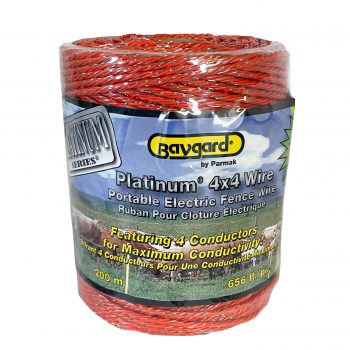 BayGard Super Heavy Duty Wire$35.00 USD
BayGard Super Heavy Duty Wire$35.00 USD -
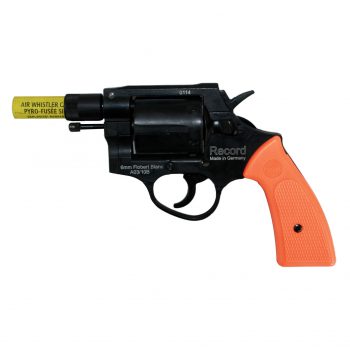 Record Maxx RK$125.00 USD
Record Maxx RK$125.00 USD -
 12 Gauge Screamers$45.00 USD
12 Gauge Screamers$45.00 USD -
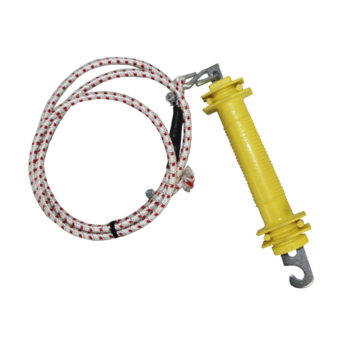 Margo Electric Bungee Gate
Margo Electric Bungee Gate -
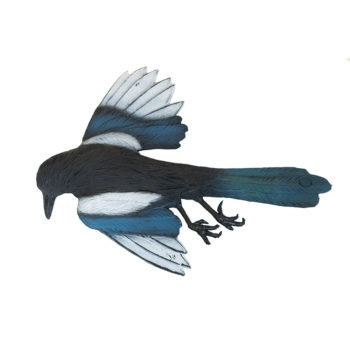 Dead Magpie Decoy$24.80 USD
Dead Magpie Decoy$24.80 USD -
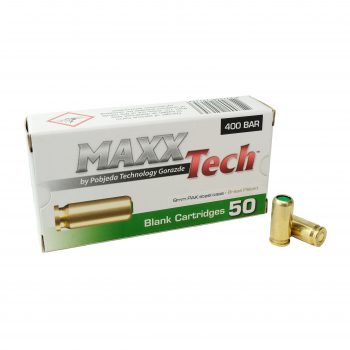 MAXXTech 9mm PAK Blanks – Brass$31.00 USD
MAXXTech 9mm PAK Blanks – Brass$31.00 USD -
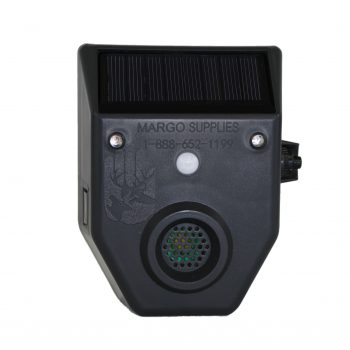 Margo Critter Guard$65.00 USD
Margo Critter Guard$65.00 USD -
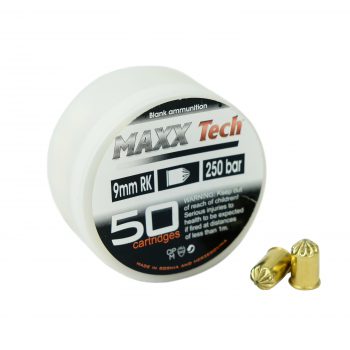 .380 RK MAXXTech Blanks$31.00 USD
.380 RK MAXXTech Blanks$31.00 USD -
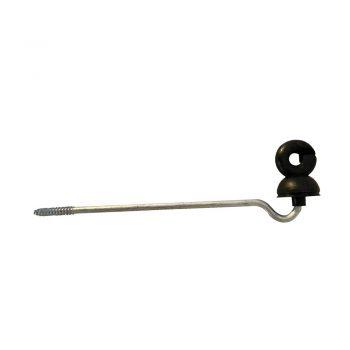 Offset Screw-In Ring Insulator$1.92 USD
Offset Screw-In Ring Insulator$1.92 USD -
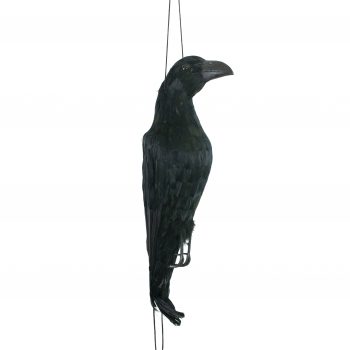 Feathered Raven Decoy$60.00 USD
Feathered Raven Decoy$60.00 USD -
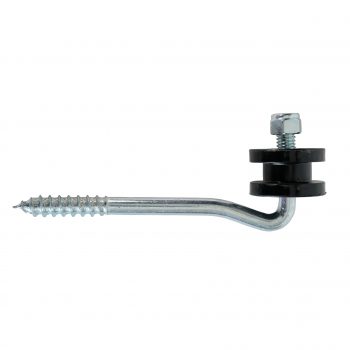 Heavy Duty Lag Corner Insulator$2.30 USD
Heavy Duty Lag Corner Insulator$2.30 USD -
 Wood Post Gate Anchor$5.40 USD
Wood Post Gate Anchor$5.40 USD -
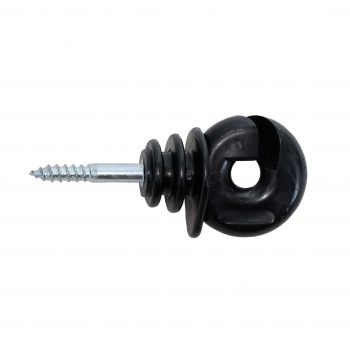 Ring Insulator$14.40 USD
Ring Insulator$14.40 USD -
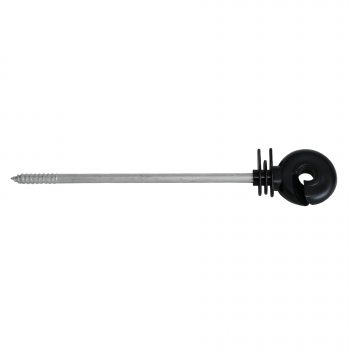 6″ Screw-In Ring Insulator$1.85 USD
6″ Screw-In Ring Insulator$1.85 USD -
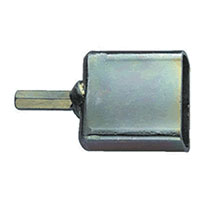 Install Tool for Ring Insulators$9.95 USD
Install Tool for Ring Insulators$9.95 USD -
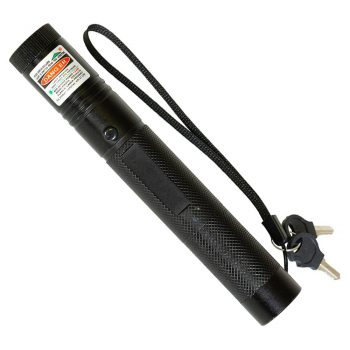 Bird Scare Laser – Adjustable Beam$50.00 USD
Bird Scare Laser – Adjustable Beam$50.00 USD -
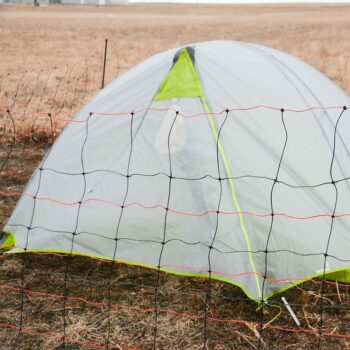 Electra Netting Bear Fence Kit$278.94 USD
Electra Netting Bear Fence Kit$278.94 USD -
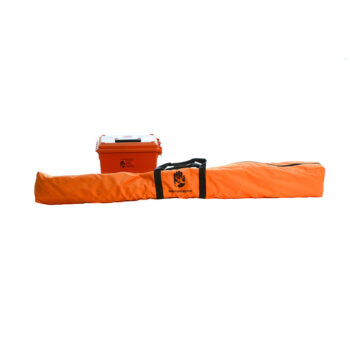 Ultra-Portable Electric Fence System
Ultra-Portable Electric Fence System -
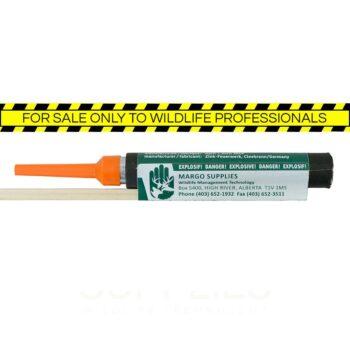 Range Extender Rocket (For Wildlife Professionals Only)$8.10 USD
Range Extender Rocket (For Wildlife Professionals Only)$8.10 USD -
 Bangers with Green Trace (For Wildlife Professionals Only)$33.42 USD
Bangers with Green Trace (For Wildlife Professionals Only)$33.42 USD -
 High Frequency 99-Channel Transmitter$266.00 USD
High Frequency 99-Channel Transmitter$266.00 USD -
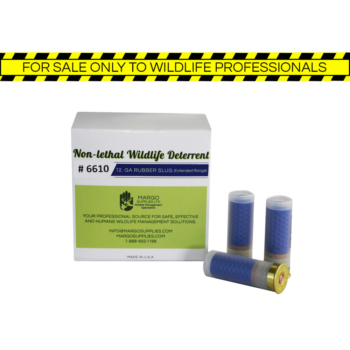 12 Gauge Rubber Slug (Extended Range)$33.84 USD
12 Gauge Rubber Slug (Extended Range)$33.84 USD -
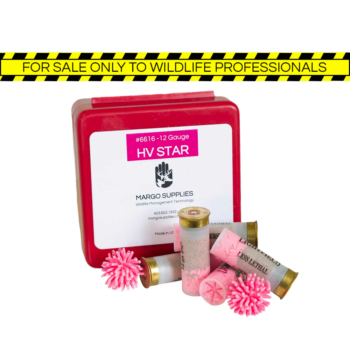 12 Gauge HV Star$43.15 USD
12 Gauge HV Star$43.15 USD -
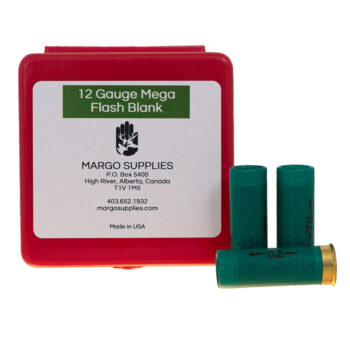 12 Gauge Mega Flash Blank$31.80 USD
12 Gauge Mega Flash Blank$31.80 USD -
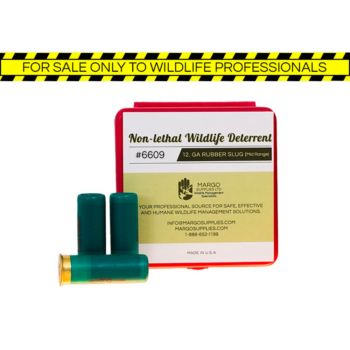 12 Gauge Rubber Slugs (Mid-Range)$33.84 USD
12 Gauge Rubber Slugs (Mid-Range)$33.84 USD -
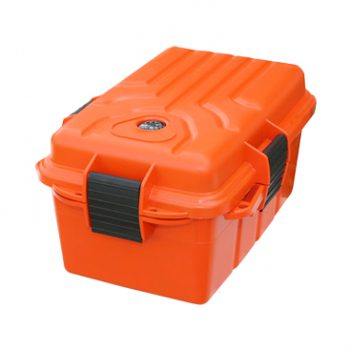 Survivor Dry Box$21.75 USD
Survivor Dry Box$21.75 USD -
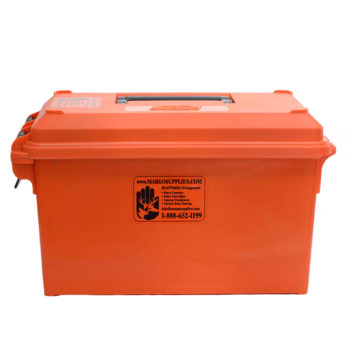 Medium Dry Box$24.50 USD
Medium Dry Box$24.50 USD -
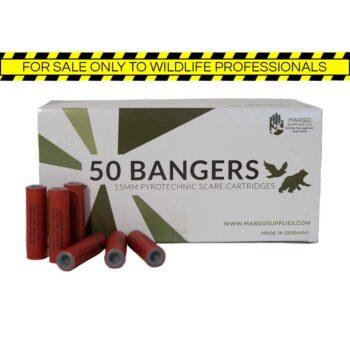 Bangers (For Wildlife Professionals Only)$23.88 USD
Bangers (For Wildlife Professionals Only)$23.88 USD -
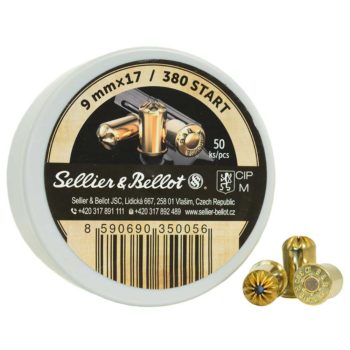 .380 RK Sellier & Bellot Blanks$33.60 USD
.380 RK Sellier & Bellot Blanks$33.60 USD -
 9mm PA GECO Blanks$35.20 USD
9mm PA GECO Blanks$35.20 USD -
 6mm Sellier & Bellot Blanks$11.90 USD
6mm Sellier & Bellot Blanks$11.90 USD -
 Comet Banger (For Wildlife Professionals Only)$9.85 USD
Comet Banger (For Wildlife Professionals Only)$9.85 USD -
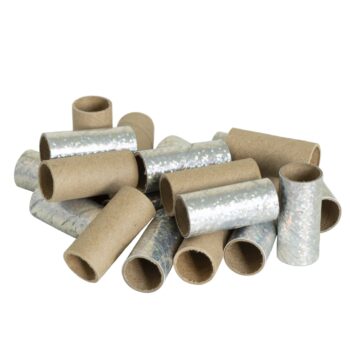 Screamer Booster Connector Tubes
Screamer Booster Connector Tubes -
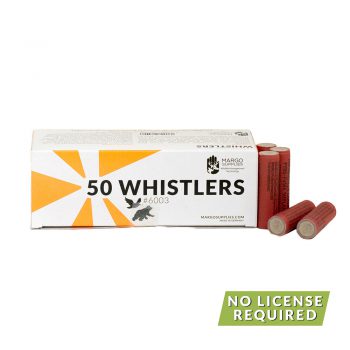 Whistlers$23.23 USD
Whistlers$23.23 USD -
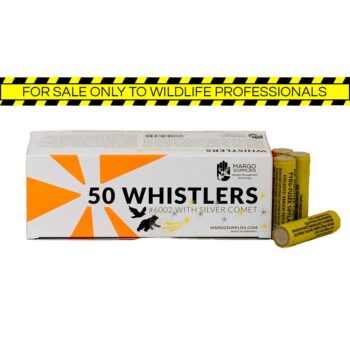 Whistlers with Silver Comet (For Wildlife Professionals Only)$27.10 USD
Whistlers with Silver Comet (For Wildlife Professionals Only)$27.10 USD -
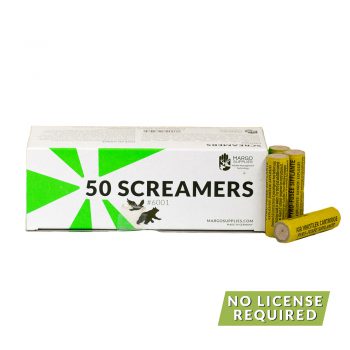 Screamers$23.23 USD
Screamers$23.23 USD -
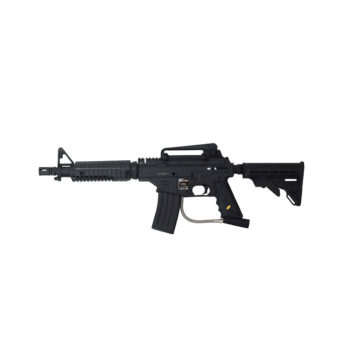 Tippman Bravo One Elite Paintball Marker$225.00 USD
Tippman Bravo One Elite Paintball Marker$225.00 USD -
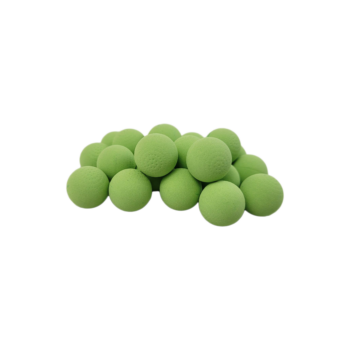 Powder Ball .68 Cal$155.04 USD
Powder Ball .68 Cal$155.04 USD -
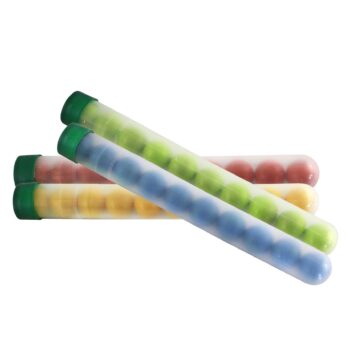 Marking Paintballs (10 Round Tube)
Marking Paintballs (10 Round Tube) -
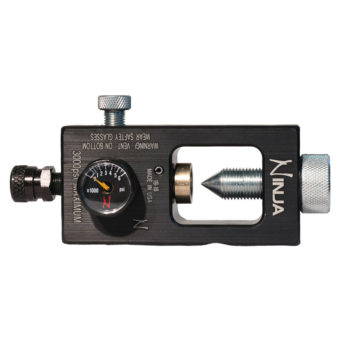 Compressed Air Fill Station$112.50 USD
Compressed Air Fill Station$112.50 USD -
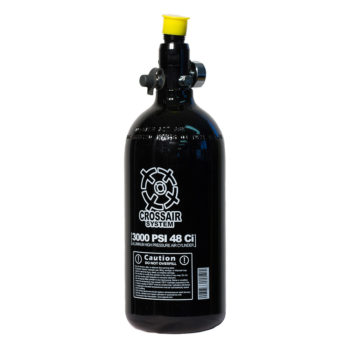 48 Ci. Air Tank$77.50 USD
48 Ci. Air Tank$77.50 USD -
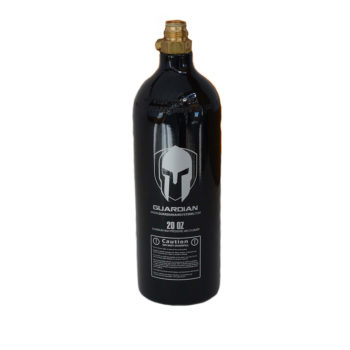 CO2 Tank (20 Oz.)$33.45 USD
CO2 Tank (20 Oz.)$33.45 USD -
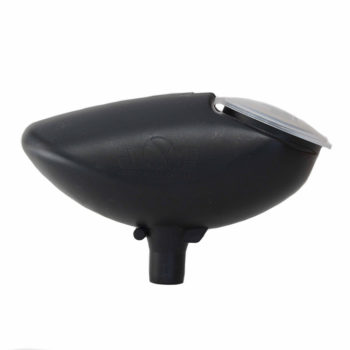 Paintball Hopper (200 Round)$5.60 USD
Paintball Hopper (200 Round)$5.60 USD -
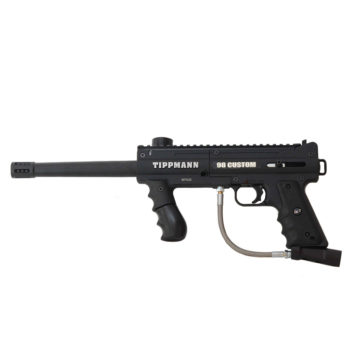 Tippman 98 Custom Paintball Marker$212.50 USD
Tippman 98 Custom Paintball Marker$212.50 USD -
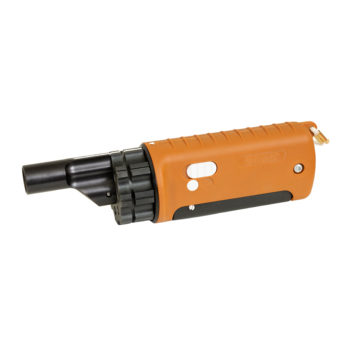 Margo Thunderstick Launcher$118.50 USD
Margo Thunderstick Launcher$118.50 USD -
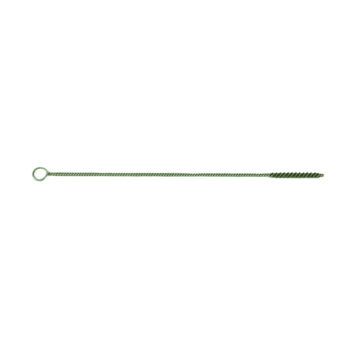 Bore/Port Brush$5.72 USD
Bore/Port Brush$5.72 USD -
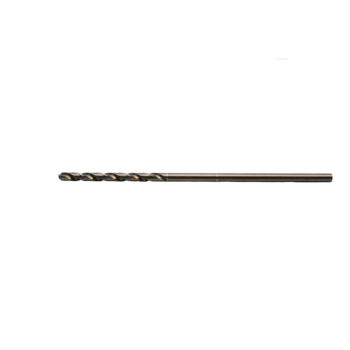 3/16″ Aviation Bit$10.15 USD
3/16″ Aviation Bit$10.15 USD -
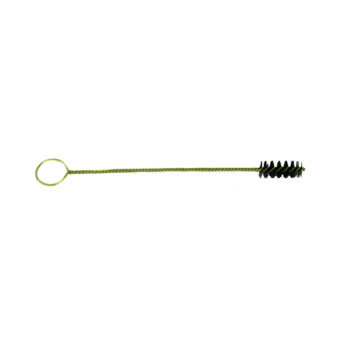 Nylon Magazine Chamber Brush$5.75 USD
Nylon Magazine Chamber Brush$5.75 USD -
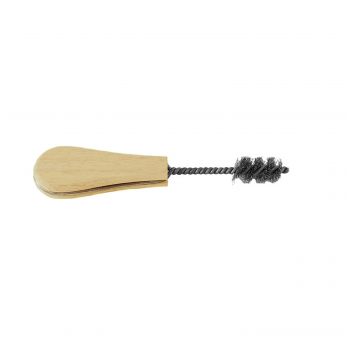 Wire Muzzle Brush$6.38 USD
Wire Muzzle Brush$6.38 USD -
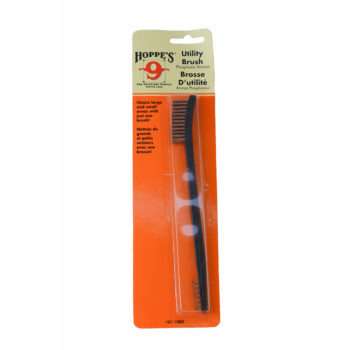 Dual Head Bronze Brush$5.75 USD
Dual Head Bronze Brush$5.75 USD -
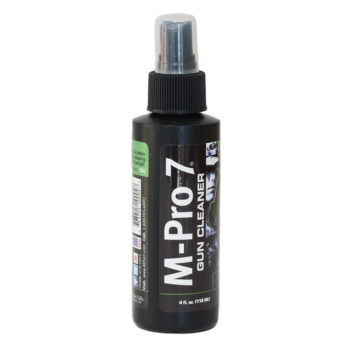 M-Pro 7 Cleaning Solution
M-Pro 7 Cleaning Solution -
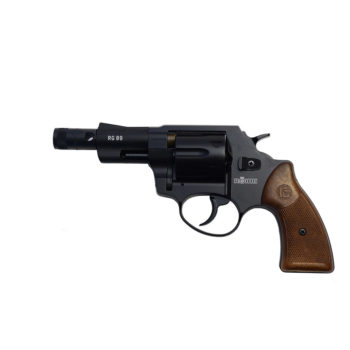 RG-89 Six Shot Revolver Launcher$324.58 USD
RG-89 Six Shot Revolver Launcher$324.58 USD -
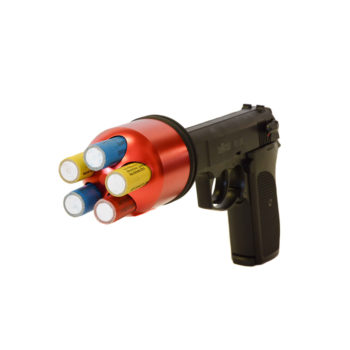 5-Shot Adapter$70.00 USD
5-Shot Adapter$70.00 USD -
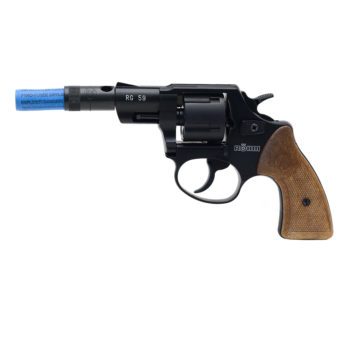 RG-59 Five-Shot Launcher$209.60 USD
RG-59 Five-Shot Launcher$209.60 USD -
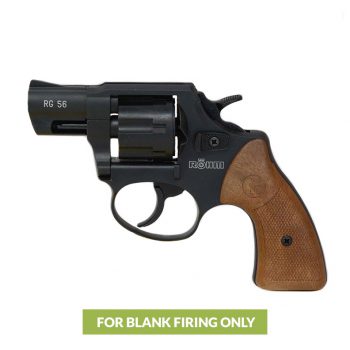 RG-56 Seven Shot Revolver Blank Launcher$184.80 USD
RG-56 Seven Shot Revolver Blank Launcher$184.80 USD -
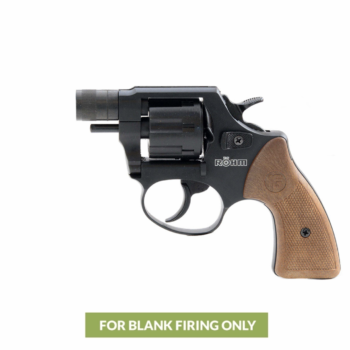 RG-46 Seven Shot Revolver Launcher$183.90 USD
RG-46 Seven Shot Revolver Launcher$183.90 USD -
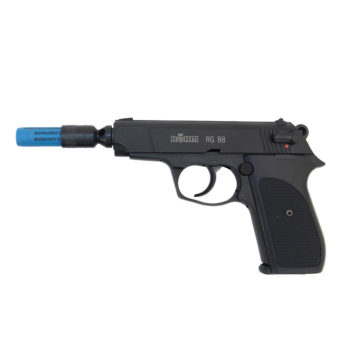 RG-88 Semi-Auto Launcher$255.94 USD
RG-88 Semi-Auto Launcher$255.94 USD -
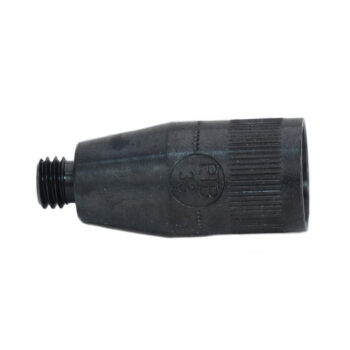 Muzzle Cup – 15mm Launchers
Muzzle Cup – 15mm Launchers -
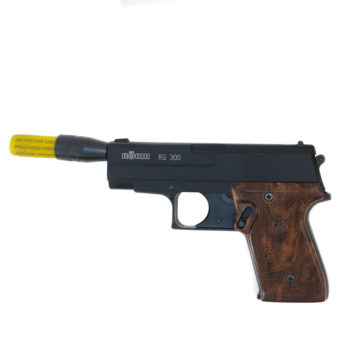 RG-300 Ten-Shot Launcher$161.60 USD
RG-300 Ten-Shot Launcher$161.60 USD -
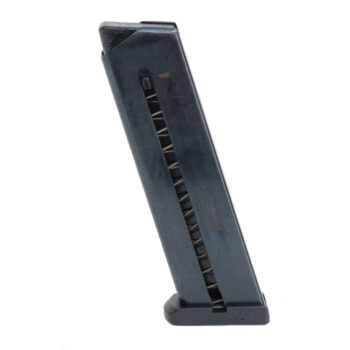 Spare Magazine for 15mm Pyrotechnic Launchers$14.00 USD
Spare Magazine for 15mm Pyrotechnic Launchers$14.00 USD -
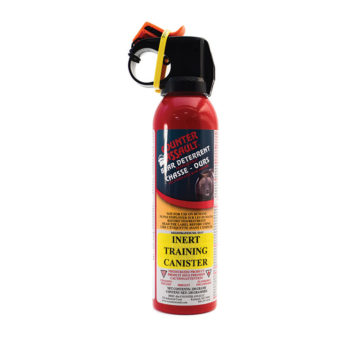 Counter Assault Inert Bear Spray – For Training$22.00 USD
Counter Assault Inert Bear Spray – For Training$22.00 USD -
 RG-3 Six Shot Launcher$145.50 USD
RG-3 Six Shot Launcher$145.50 USD -
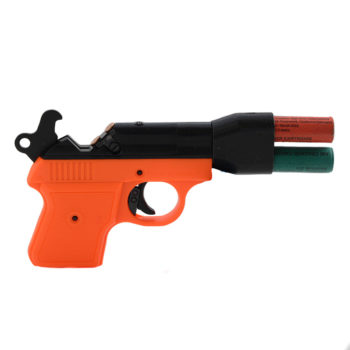 Record Double-Shot Launcher$47.85 USD
Record Double-Shot Launcher$47.85 USD -
 Record Single-Shot Launcher$39.50 USD
Record Single-Shot Launcher$39.50 USD -
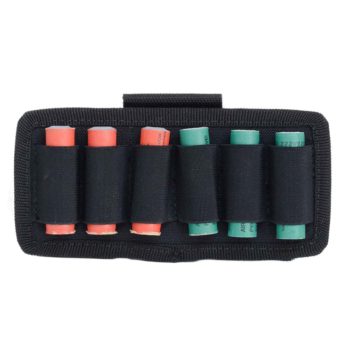 Cartridge Holster$9.95 USD
Cartridge Holster$9.95 USD -
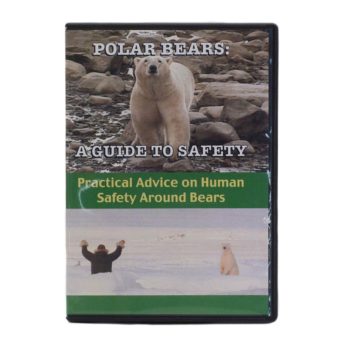 Polar Bears: A Guide to Safety DVD$19.95 USD
Polar Bears: A Guide to Safety DVD$19.95 USD -
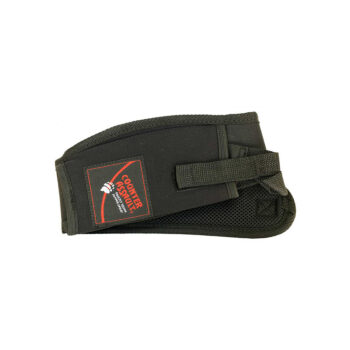 Bear Spray Runners Belt$35.00 USD
Bear Spray Runners Belt$35.00 USD -
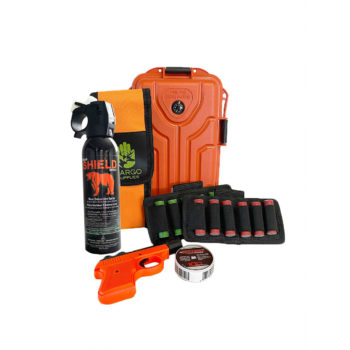 Personal Bear Safety Kit$130.00 USD
Personal Bear Safety Kit$130.00 USD -
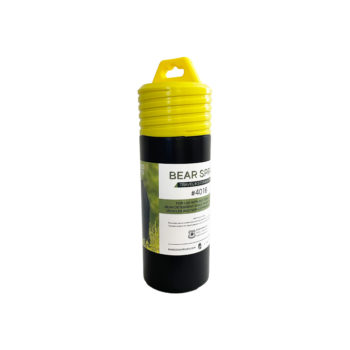 Bear Spray Travel and Storage Case$18.50 USD
Bear Spray Travel and Storage Case$18.50 USD -
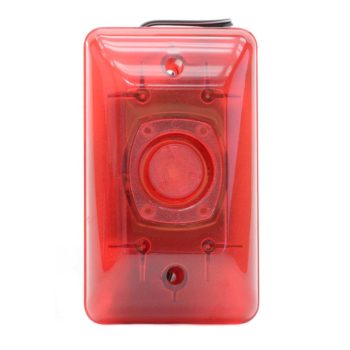 Critter Gitter Enhancer$54.00 USD
Critter Gitter Enhancer$54.00 USD -
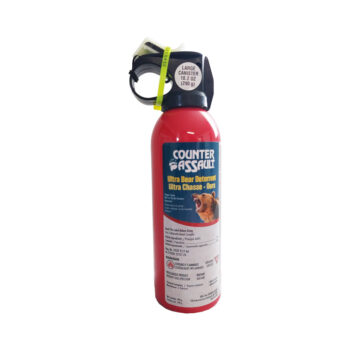 Counter Assault Bear Spray (230g)$36.99 USD
Counter Assault Bear Spray (230g)$36.99 USD -
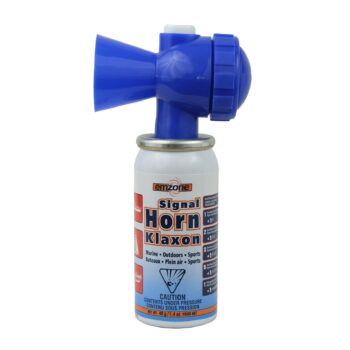 Xtreme Siren Bear Deterrent
Xtreme Siren Bear Deterrent -
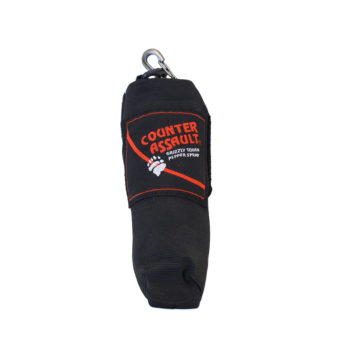 Counter Assault Bear Spray Chest Holster$22.00 USD
Counter Assault Bear Spray Chest Holster$22.00 USD -
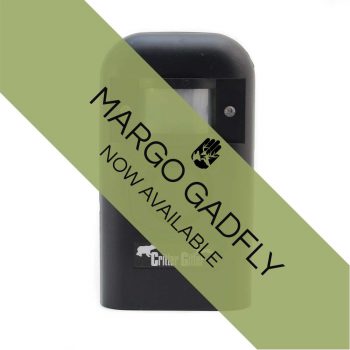 Critter Gitter Animal Repeller$75.00 USD
Critter Gitter Animal Repeller$75.00 USD -
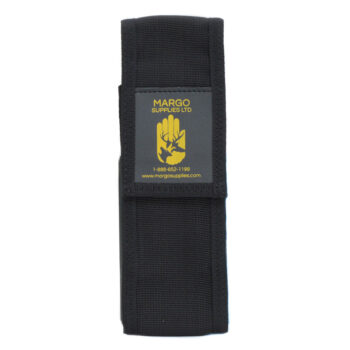 Bear Spray Hip Holster
Bear Spray Hip Holster -
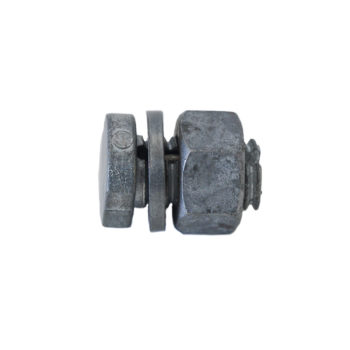 Split Bolts$2.10 USD
Split Bolts$2.10 USD -
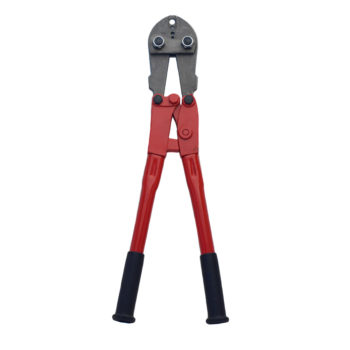 Nicropress Crimping Tool$83.00 USD
Nicropress Crimping Tool$83.00 USD -
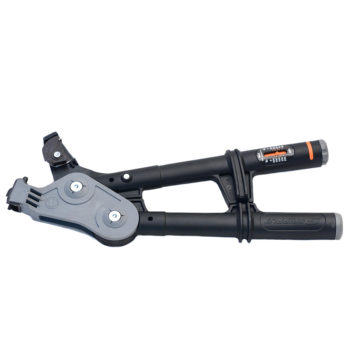 Gripple Tensioning Tool$86.40 USD
Gripple Tensioning Tool$86.40 USD -
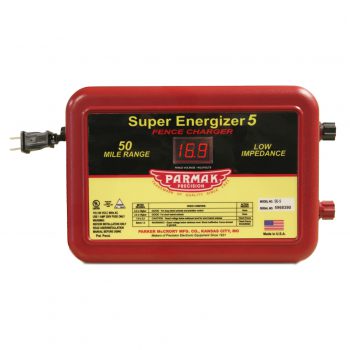 Parmak Super Energizer 5$228.00 USD
Parmak Super Energizer 5$228.00 USD -
 Professional Bear Safety Kit$215.00 USD
Professional Bear Safety Kit$215.00 USD -
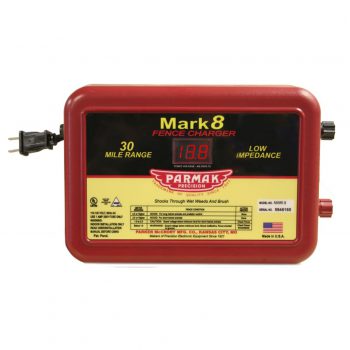 Parmak Mark 8 Fence Energizer$210.40 USD
Parmak Mark 8 Fence Energizer$210.40 USD -
 Parmak Range Master Fence Energizer$357.00 USD
Parmak Range Master Fence Energizer$357.00 USD -
 Electrified Gate
Electrified Gate -
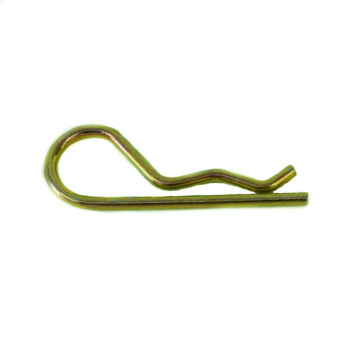 Post Pin Clip$0.40 USD
Post Pin Clip$0.40 USD -
 Ultra-Portable Electric Fence Kit – 40′ X 40′$515.00 USD
Ultra-Portable Electric Fence Kit – 40′ X 40′$515.00 USD -
 Heavy-Duty Portable Electric Fence System$533.97 USD
Heavy-Duty Portable Electric Fence System$533.97 USD -
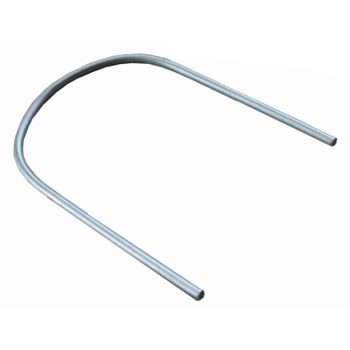 2″ U-Clips$0.26 USD
2″ U-Clips$0.26 USD -
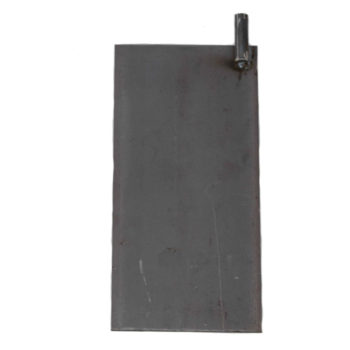 Ground Plate$18.70 USD
Ground Plate$18.70 USD -
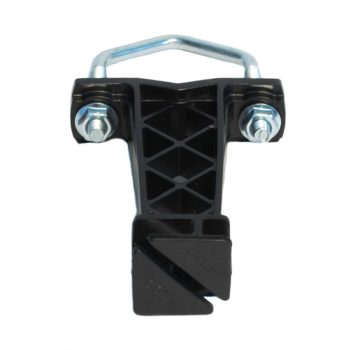 Chain Link Fence Stand-off Insulators$15.96 USD
Chain Link Fence Stand-off Insulators$15.96 USD -
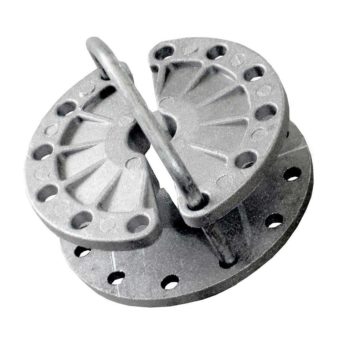 Wheel Wire Tensioner$4.20 USD
Wheel Wire Tensioner$4.20 USD -
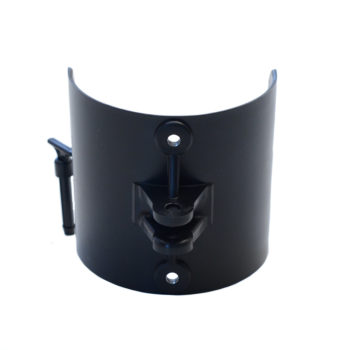 Pin Lock Wrap-Around Insulators$13.52 USD
Pin Lock Wrap-Around Insulators$13.52 USD -
 Wrap-Around Insulator Tube$12.11 USD
Wrap-Around Insulator Tube$12.11 USD -
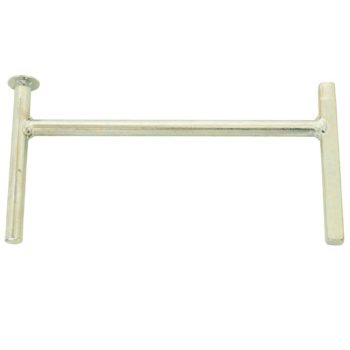 Wheel Wire Tensioner Tool$23.90 USD
Wheel Wire Tensioner Tool$23.90 USD -
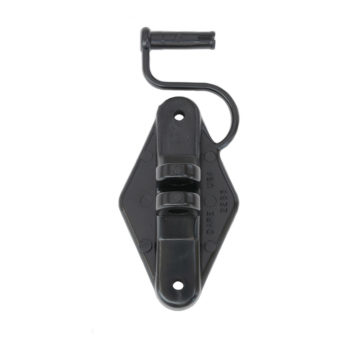 Pin Lock Wood Post Insulators$11.00 USD
Pin Lock Wood Post Insulators$11.00 USD -
 Dare Screw-Tight Round Post Insulator$8.00 USD
Dare Screw-Tight Round Post Insulator$8.00 USD -
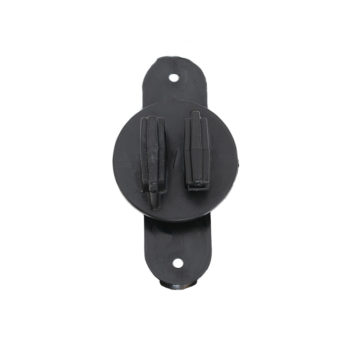 Nail-On Insulator$8.50 USD
Nail-On Insulator$8.50 USD -
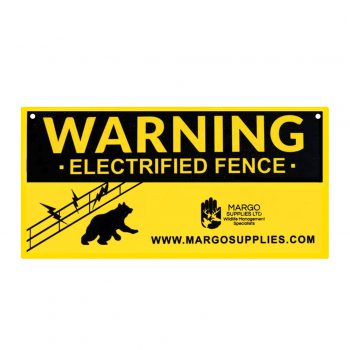 Small Electric Fence Warning Sign$1.36 USD
Small Electric Fence Warning Sign$1.36 USD -
 Large Electric Fence Warning Sign$12.50 USD
Large Electric Fence Warning Sign$12.50 USD -
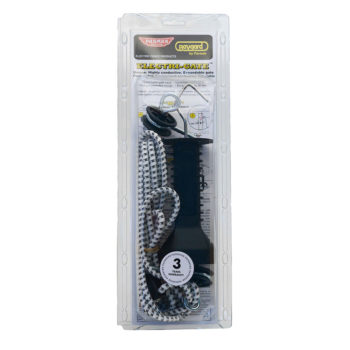 Electrigate Expandable Gate$22.50 USD
Electrigate Expandable Gate$22.50 USD -
 Rub’R Insulated Gate Handles$3.40 USD
Rub’R Insulated Gate Handles$3.40 USD -
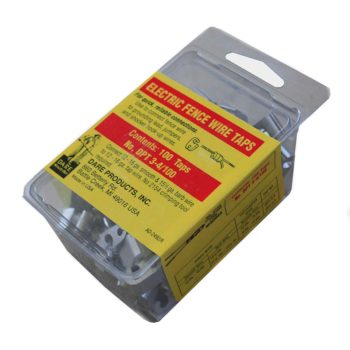 Nicropress Wire Taps$48.50 USD
Nicropress Wire Taps$48.50 USD -
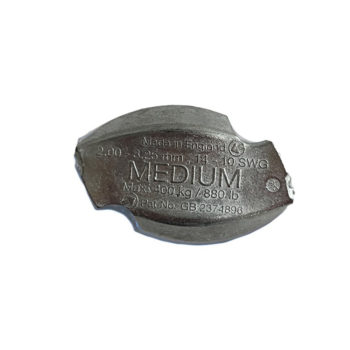 Medium Wire Rope Gripple$1.74 USD
Medium Wire Rope Gripple$1.74 USD -
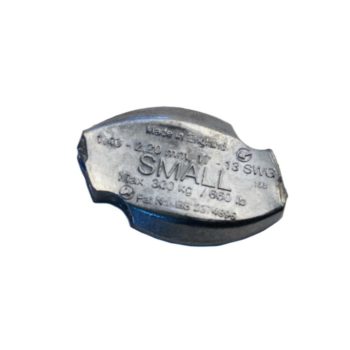 Small Wire Rope Gripple$1.65 USD
Small Wire Rope Gripple$1.65 USD -
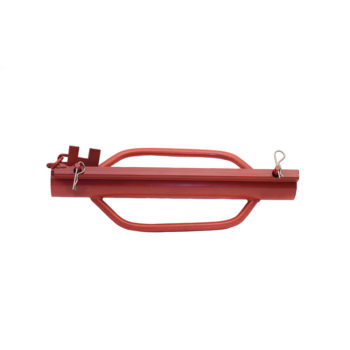 Post Pounder With Puller$80.00 USD
Post Pounder With Puller$80.00 USD -
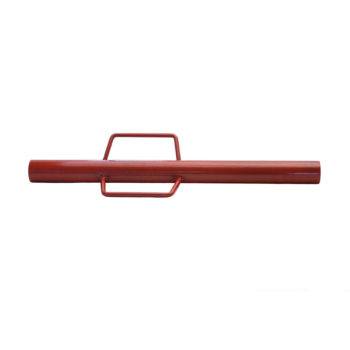 Post Pounder$40.00 USD
Post Pounder$40.00 USD -
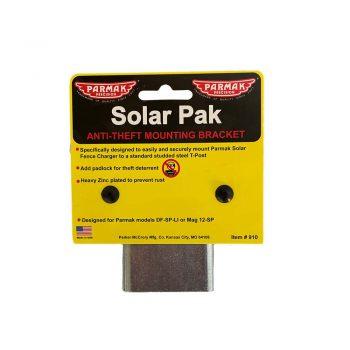 T-Post Mounting Bracket for Solar Energizer$16.00 USD
T-Post Mounting Bracket for Solar Energizer$16.00 USD -
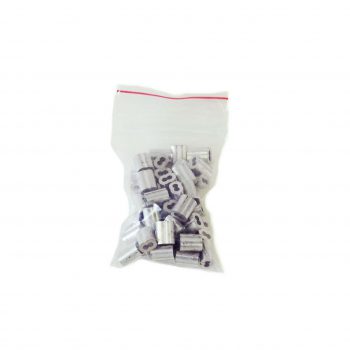 5/64″ Aluminum Oval Crimps$4.00 USD
5/64″ Aluminum Oval Crimps$4.00 USD -
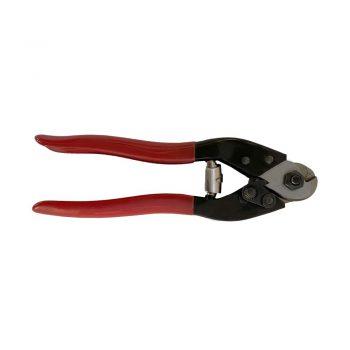 Cable Cutters$26.80 USD
Cable Cutters$26.80 USD -
 Parmak Digital Electric Fence Tester$52.00 USD
Parmak Digital Electric Fence Tester$52.00 USD -
 Parmak 6 Lite Electric Fence Tester$14.00 USD
Parmak 6 Lite Electric Fence Tester$14.00 USD -
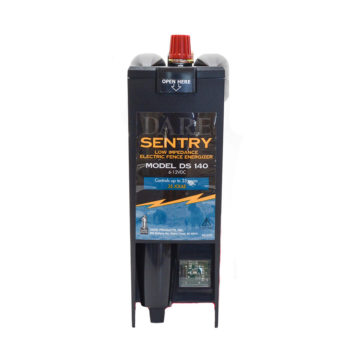 Dare Sentry Fence Energizer$172.40 USD
Dare Sentry Fence Energizer$172.40 USD -
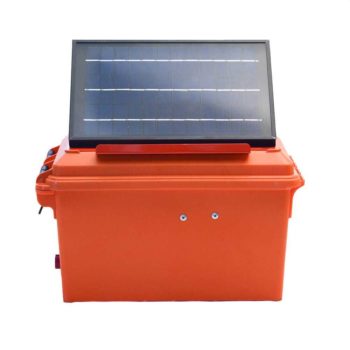 Margo Solar 12 Fence Energizer$442.35 USD
Margo Solar 12 Fence Energizer$442.35 USD -
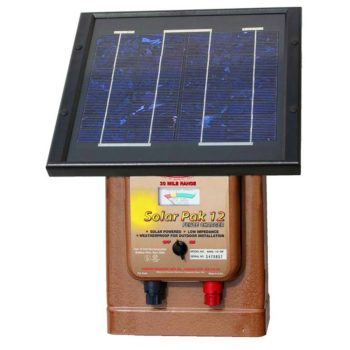 Parmak Solar Mag 12 Energizer$393.20 USD
Parmak Solar Mag 12 Energizer$393.20 USD -
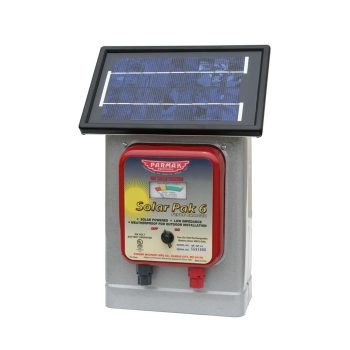 Parmak Solar 6 Fence Energizer$306.00 USD
Parmak Solar 6 Fence Energizer$306.00 USD -
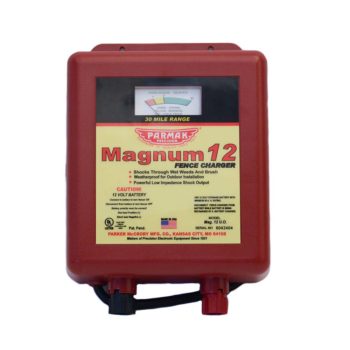 Parmak Mag 12 Fence Energizer$157.50 USD
Parmak Mag 12 Fence Energizer$157.50 USD -
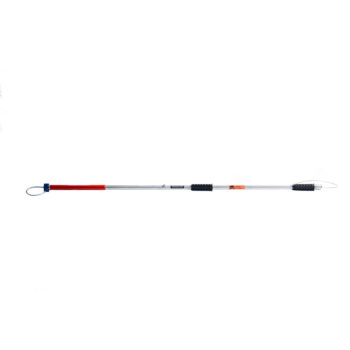 Ketch-All 5’ Snare Pole with Release$185.00 USD
Ketch-All 5’ Snare Pole with Release$185.00 USD -
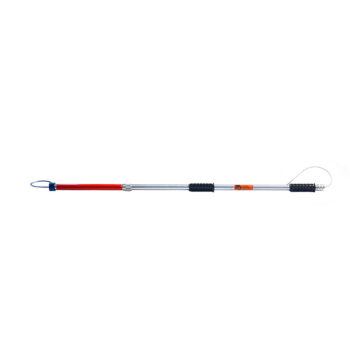 Ketch-All Extension Pole
Ketch-All Extension Pole -
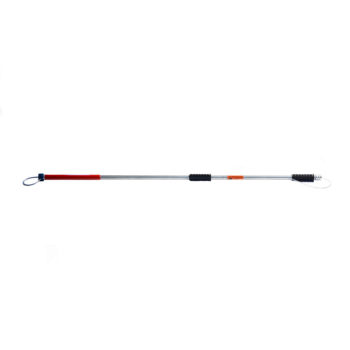 Ketch-All 5′ Snare Pole$157.80 USD
Ketch-All 5′ Snare Pole$157.80 USD -
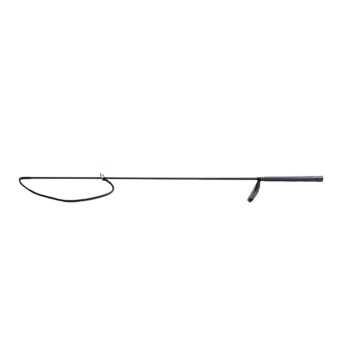 Snappy Snare
Snappy Snare -
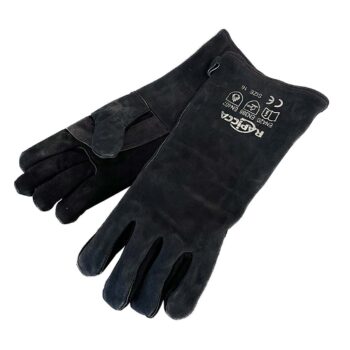 Leather Animal Handling Gloves
Leather Animal Handling Gloves -
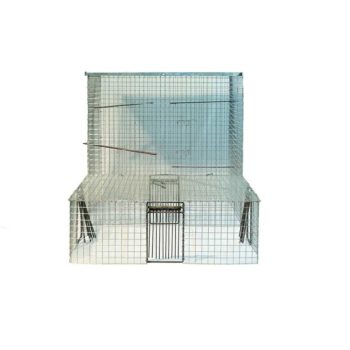 Multi-Door Pigeon Trap$185.00 USD
Multi-Door Pigeon Trap$185.00 USD -
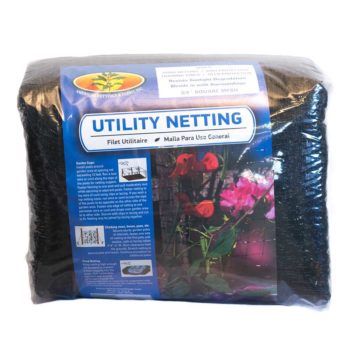 Bird Netting – 3/4″ Grid$118.38 USD
Bird Netting – 3/4″ Grid$118.38 USD -
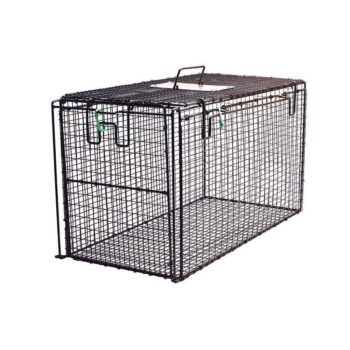 Tru-Catch Transfer Cage
Tru-Catch Transfer Cage -
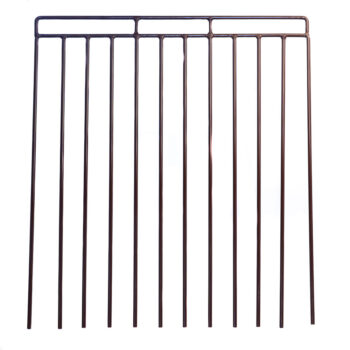 Tru-Catch Trap Isolator
Tru-Catch Trap Isolator -
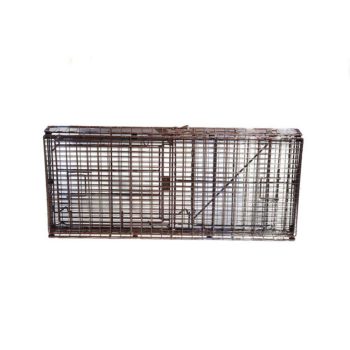 Tru-Catch 48″ Folding Live Trap$483.00 USD
Tru-Catch 48″ Folding Live Trap$483.00 USD -
 Tru-Catch Live Trap with Rear Door
Tru-Catch Live Trap with Rear Door -
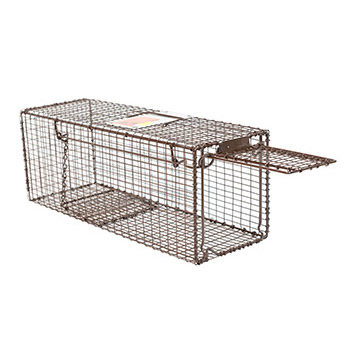 Tru-Catch Light Duty Live Trap
Tru-Catch Light Duty Live Trap -
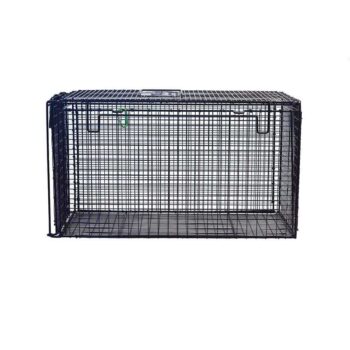 Tru-Catch Restraint Carrier
Tru-Catch Restraint Carrier -
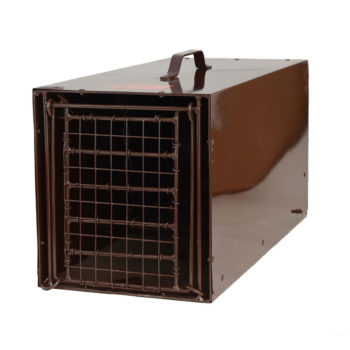 Skunk Trap$160.00 USD
Skunk Trap$160.00 USD -
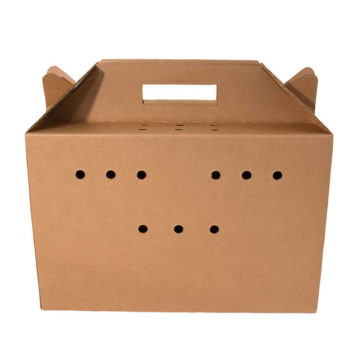 Cardboard Animal Carrier$19.69 USD
Cardboard Animal Carrier$19.69 USD -
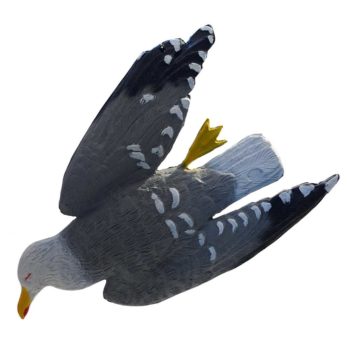 Dead Seagull Decoy$24.80 USD
Dead Seagull Decoy$24.80 USD -
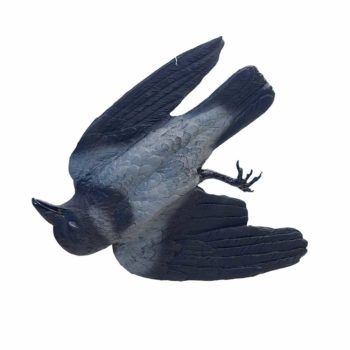 Dead Crow Decoy$24.80 USD
Dead Crow Decoy$24.80 USD -
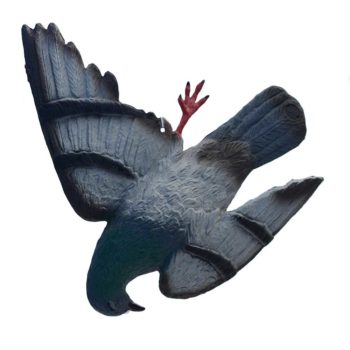 Dead Pigeon Decoy$24.80 USD
Dead Pigeon Decoy$24.80 USD -
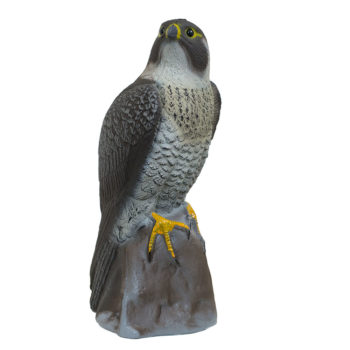 Perched Peregrine Falcon$63.00 USD
Perched Peregrine Falcon$63.00 USD -
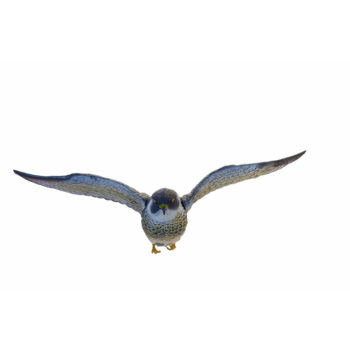 Flying Peregrine Falcon$80.00 USD
Flying Peregrine Falcon$80.00 USD -
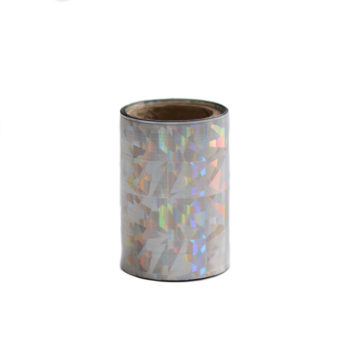 Holographic Bird Repel Tape$5.00 USD
Holographic Bird Repel Tape$5.00 USD -
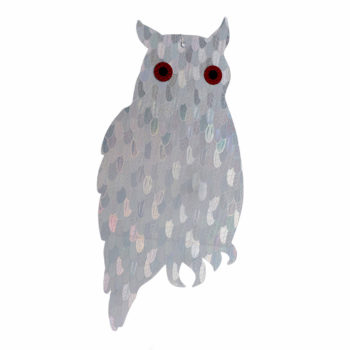 Holographic Guardian Owl$18.00 USD
Holographic Guardian Owl$18.00 USD -
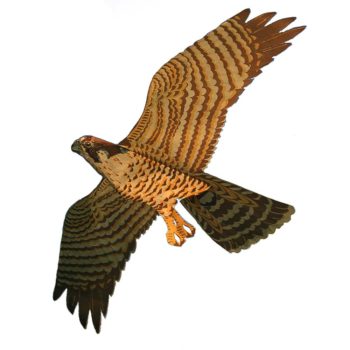 Peregrine Falcon Kite$54.60 USD
Peregrine Falcon Kite$54.60 USD -
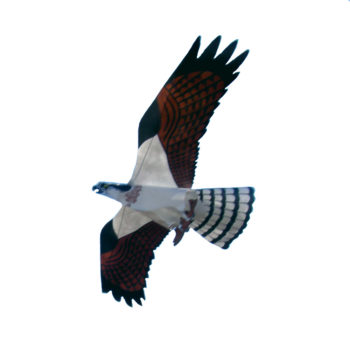 Osprey Kite Decoy$54.60 USD
Osprey Kite Decoy$54.60 USD -
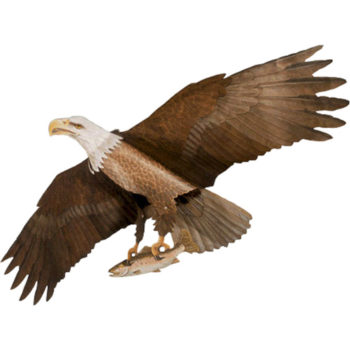 Eagle Kite Decoy$94.50 USD
Eagle Kite Decoy$94.50 USD -
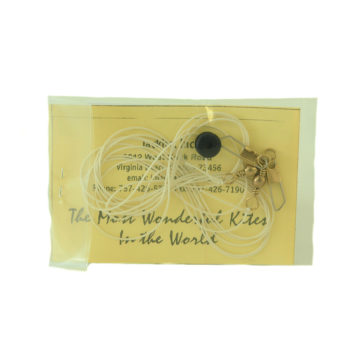 Replacement Line Rig for Raptor Kites$6.00 USD
Replacement Line Rig for Raptor Kites$6.00 USD -
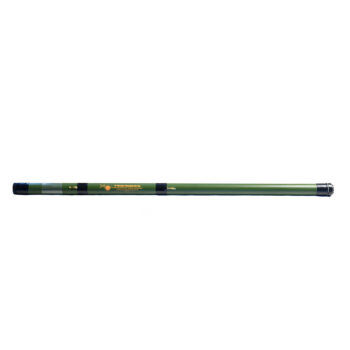 Extension Pole for Raptor Kites$39.00 USD
Extension Pole for Raptor Kites$39.00 USD -
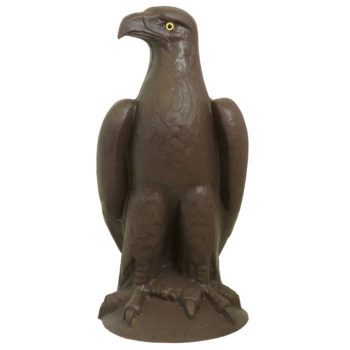 Immature Bald Eagle Decoy$141.75 USD
Immature Bald Eagle Decoy$141.75 USD -
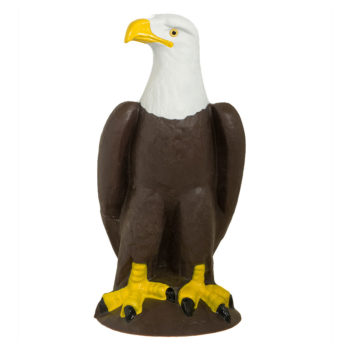 Bald Eagle Decoy$215.00 USD
Bald Eagle Decoy$215.00 USD -
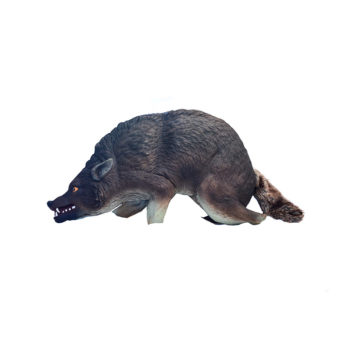 Coyote Decoy$84.00 USD
Coyote Decoy$84.00 USD -
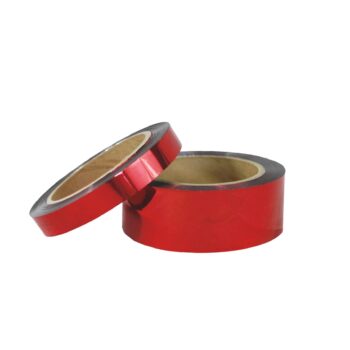 Reflective Flash Tape
Reflective Flash Tape -
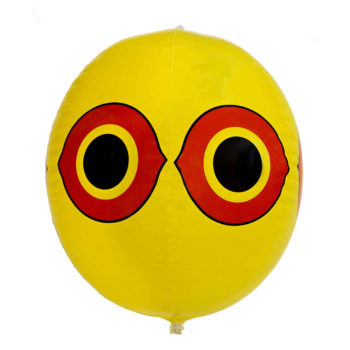 Scare-Eye Balloon$5.85 USD
Scare-Eye Balloon$5.85 USD -
 EPROM Chip for Bird Gard$65.00 USD
EPROM Chip for Bird Gard$65.00 USD -
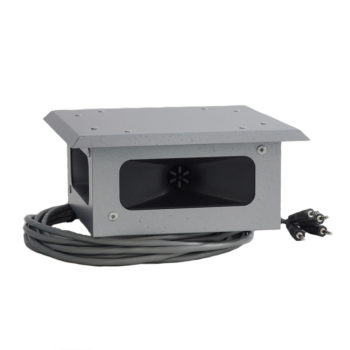 Bird Gard 4 Speaker Box for Super Pro$298.00 USD
Bird Gard 4 Speaker Box for Super Pro$298.00 USD -
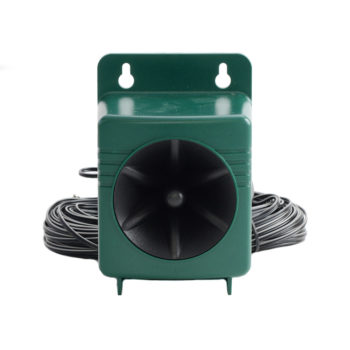 Bird Gard External Speaker$50.00 USD
Bird Gard External Speaker$50.00 USD -
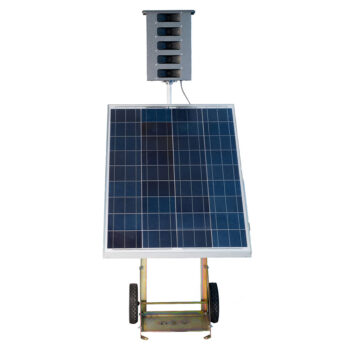 Bird Gard Super Pro Amp$4,875.00 USD
Bird Gard Super Pro Amp$4,875.00 USD -
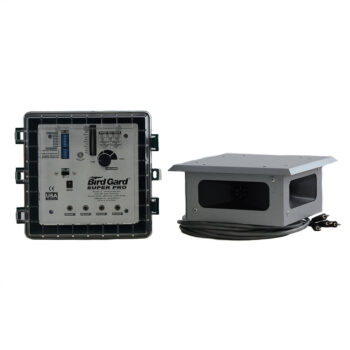 Bird Gard Super Pro – Four Speaker Box$835.00 USD
Bird Gard Super Pro – Four Speaker Box$835.00 USD -
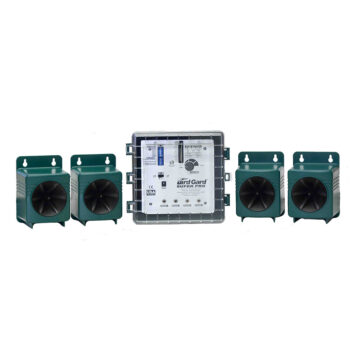 Bird Gard Super Pro – Four Individual Speakers$825.00 USD
Bird Gard Super Pro – Four Individual Speakers$825.00 USD -
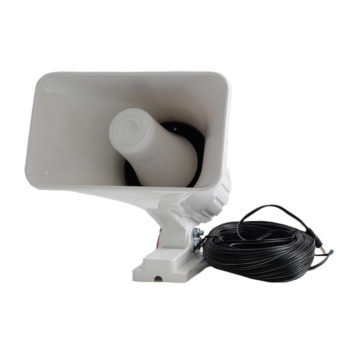 Bird Gard PA4 Speaker$94.00 USD
Bird Gard PA4 Speaker$94.00 USD -
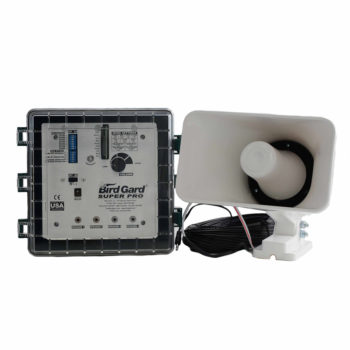 Bird Gard PA4$525.00 USD
Bird Gard PA4$525.00 USD -
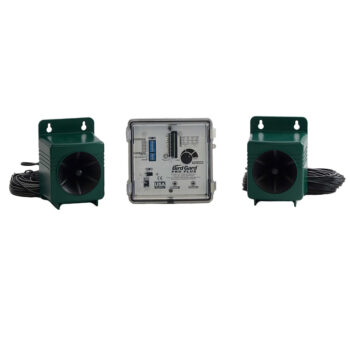 Bird Gard Pro Plus$498.25 USD
Bird Gard Pro Plus$498.25 USD -
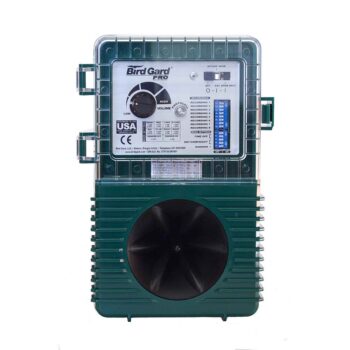 Bird Gard Pro$329.50 USD
Bird Gard Pro$329.50 USD -
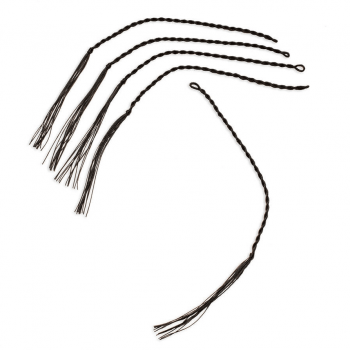 Replacement Whip Crackers$10.20 USD
Replacement Whip Crackers$10.20 USD -
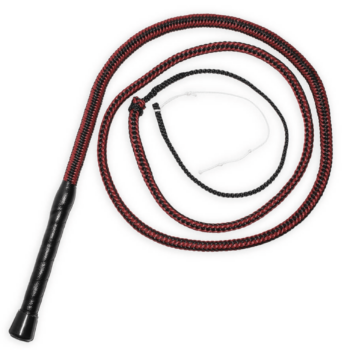 Poly Bullwhip$120.00 USD
Poly Bullwhip$120.00 USD -
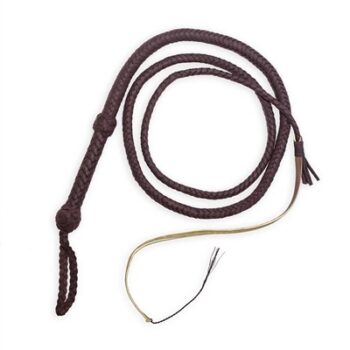 Leather Indiana Jones Bullwhip
Leather Indiana Jones Bullwhip -
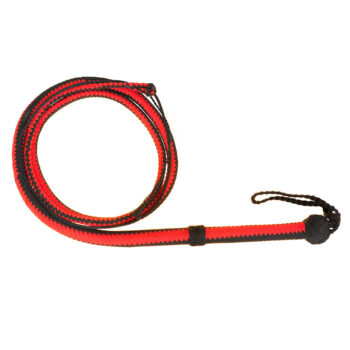 Nylon Bullwhip
Nylon Bullwhip -
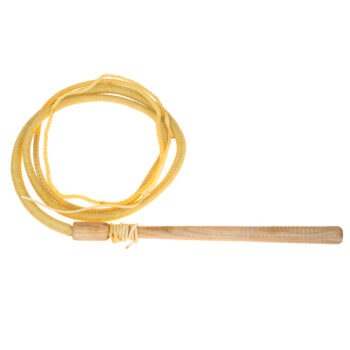 Rancher Stockwhip$90.00 USD
Rancher Stockwhip$90.00 USD -
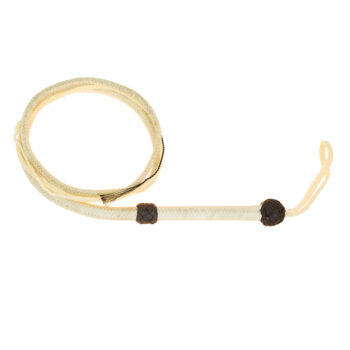 Rancher Bullwhip
Rancher Bullwhip -
 Propane Bottle Holder$75.00 USD
Propane Bottle Holder$75.00 USD -
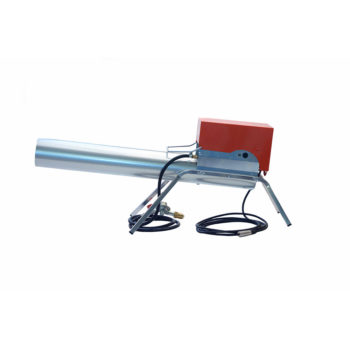 Margo Electra with Push Button Controller$549.00 USD
Margo Electra with Push Button Controller$549.00 USD -
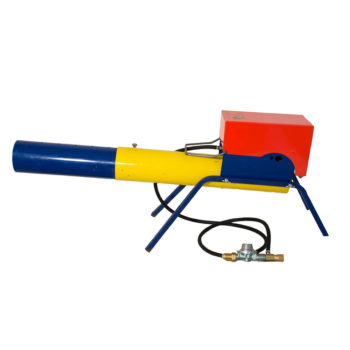 Zon Mark IV (Reconditioned)$150.00 USD
Zon Mark IV (Reconditioned)$150.00 USD -
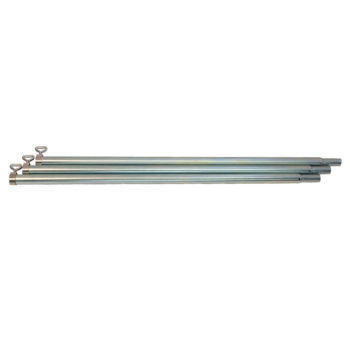 Rotating Tripod Leg Extensions$30.00 USD
Rotating Tripod Leg Extensions$30.00 USD -
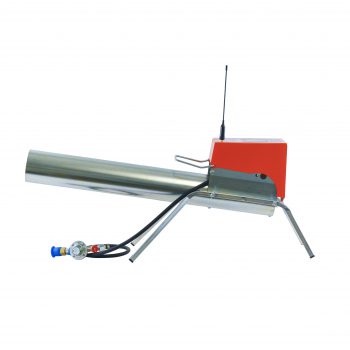 Margo Electra with High-Frequency Radio Control$758.25 USD
Margo Electra with High-Frequency Radio Control$758.25 USD -
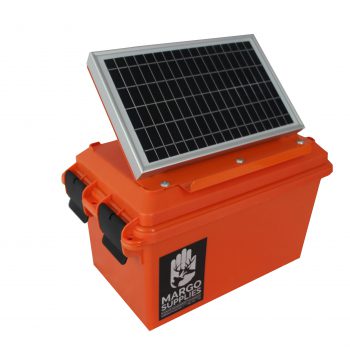 Solar Case Kit for Margo Electra$325.00 USD
Solar Case Kit for Margo Electra$325.00 USD -
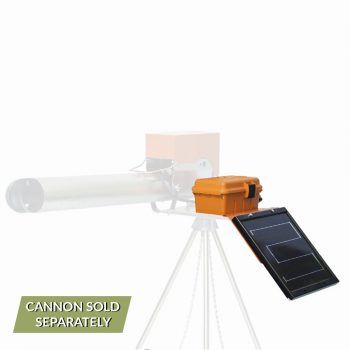 Tripod Mountable Solar Kit for Electra$260.00 USD
Tripod Mountable Solar Kit for Electra$260.00 USD -
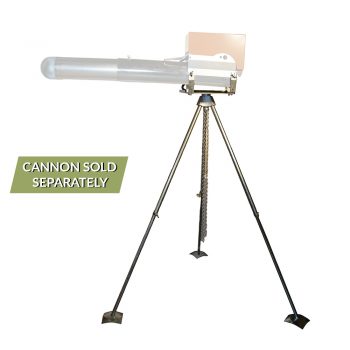 Margo Electra Rotating Tripod$145.00 USD
Margo Electra Rotating Tripod$145.00 USD -
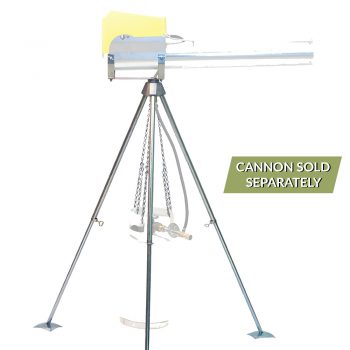 Mark IV Rotating Tripod$125.00 USD
Mark IV Rotating Tripod$125.00 USD -
 Zon Quartz Clock Timer$117.60 USD
Zon Quartz Clock Timer$117.60 USD -
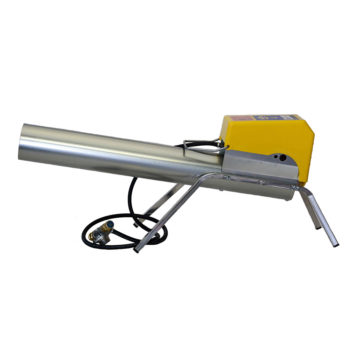 Zon Mark IV$280.00 USD
Zon Mark IV$280.00 USD -
 Margo Electra Scare Cannon$495.00 USD
Margo Electra Scare Cannon$495.00 USD -
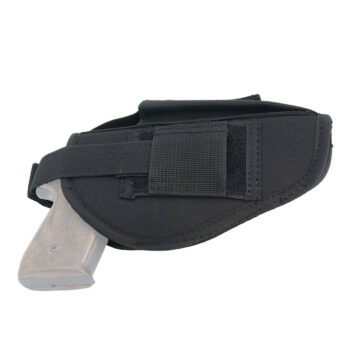 Hip-Mounted Launcher Holster$12.50 USD
Hip-Mounted Launcher Holster$12.50 USD -
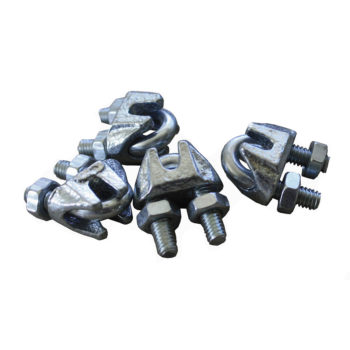 5/64″ Cable Clamps$0.25 USD
5/64″ Cable Clamps$0.25 USD -
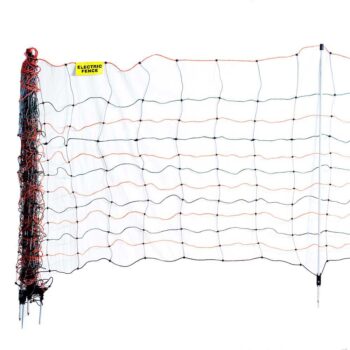 Electra Netting$178.50 USD
Electra Netting$178.50 USD -
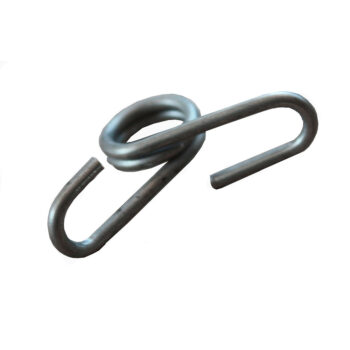 Snapmax Clips
Snapmax Clips -
 Underground/Hook-Up Wire
Underground/Hook-Up Wire -
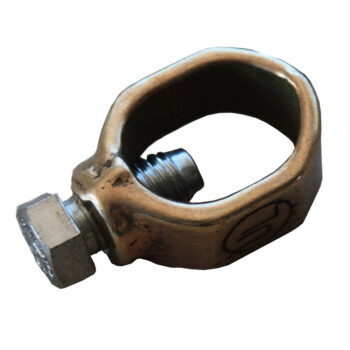 Ground Rod Clamp
Ground Rod Clamp -
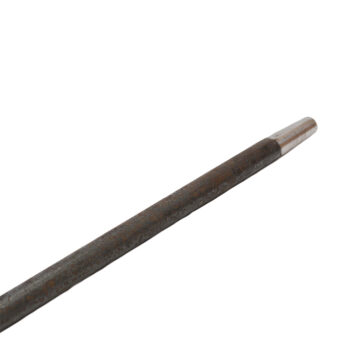 Ground Rod
Ground Rod -
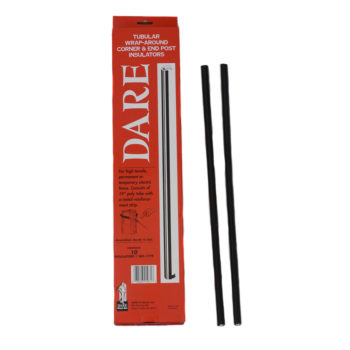 Dare Wrap Around Insulators$1.80 USD
Dare Wrap Around Insulators$1.80 USD -
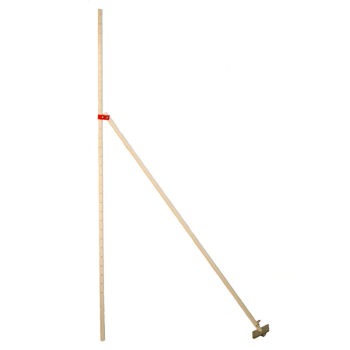 7/8″ Corner Assembly
7/8″ Corner Assembly -
 11/16″ Corner Assembly
11/16″ Corner Assembly -
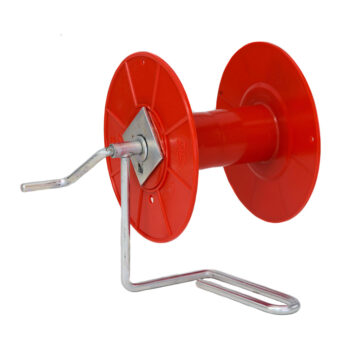 Wire Winder and Spool
Wire Winder and Spool -
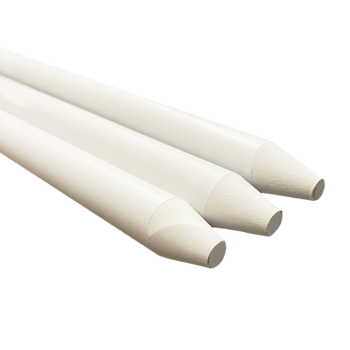 Fibreglass Line Posts
Fibreglass Line Posts -
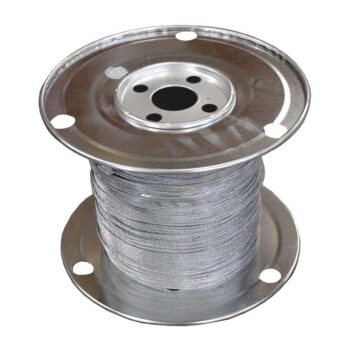 Galvanized Stranded Steel Wire$35.65 USD
Galvanized Stranded Steel Wire$35.65 USD -
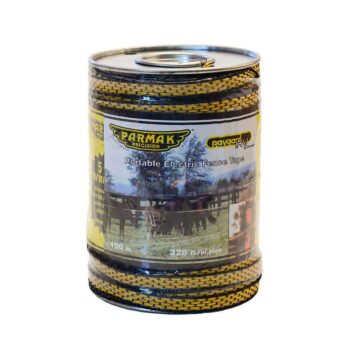 BayGard HV Electric Fence Tape
BayGard HV Electric Fence Tape -
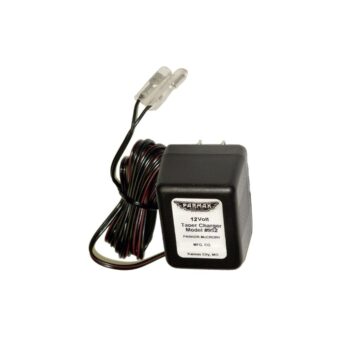 Parmak Taper Charger
Parmak Taper Charger -
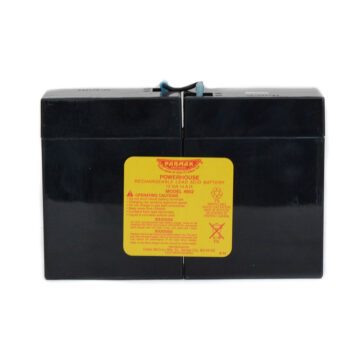 Parmak Rechargeable Gel Battery
Parmak Rechargeable Gel Battery -
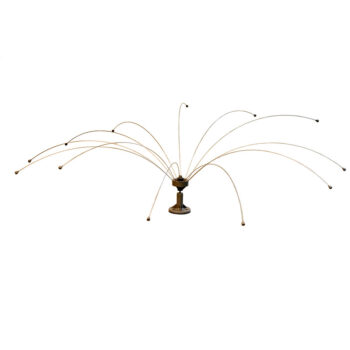 Daddi Long Legs
Daddi Long Legs

